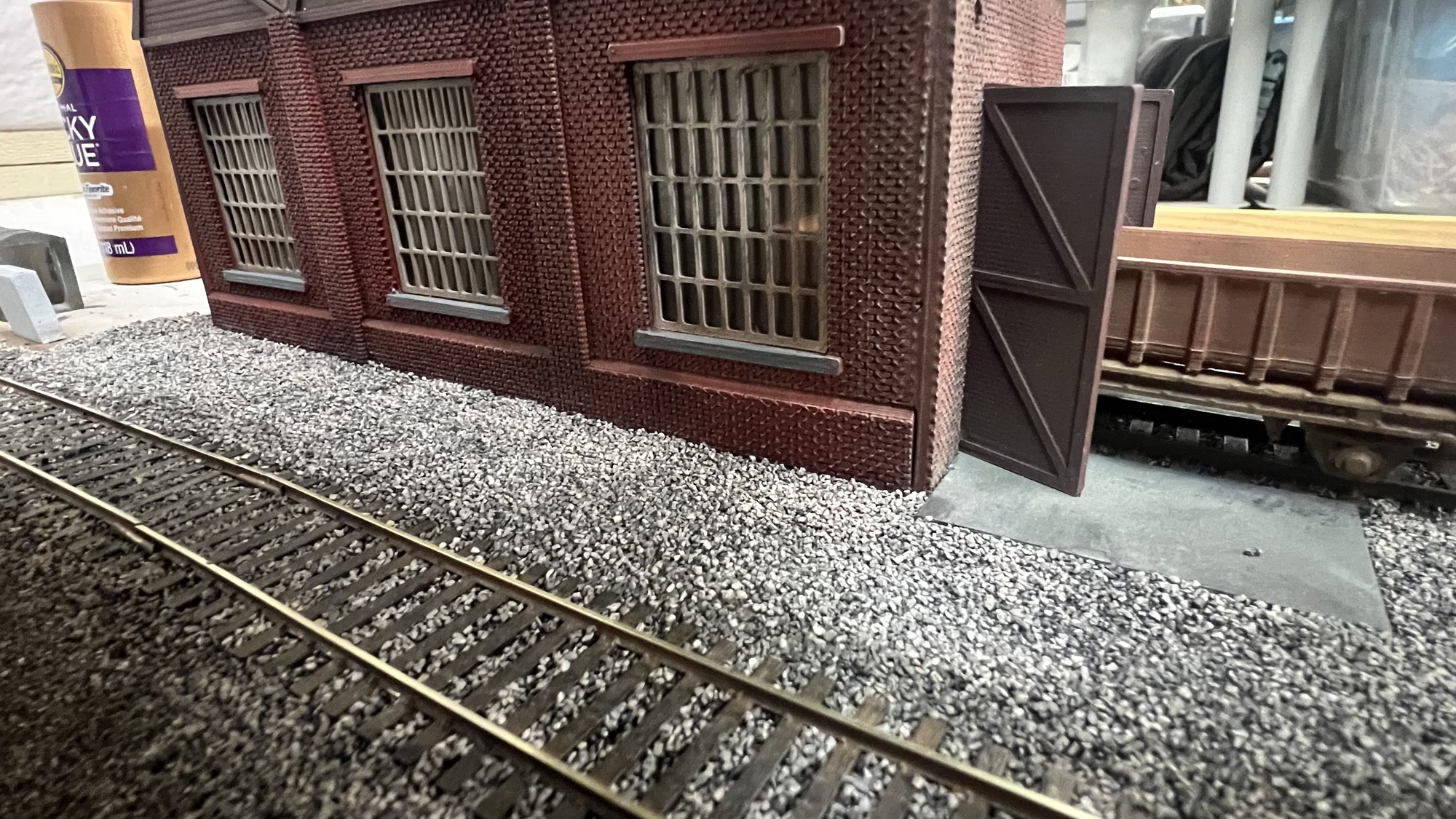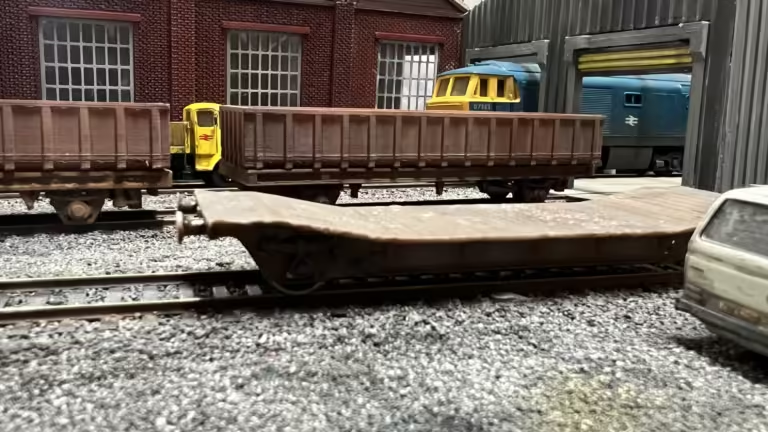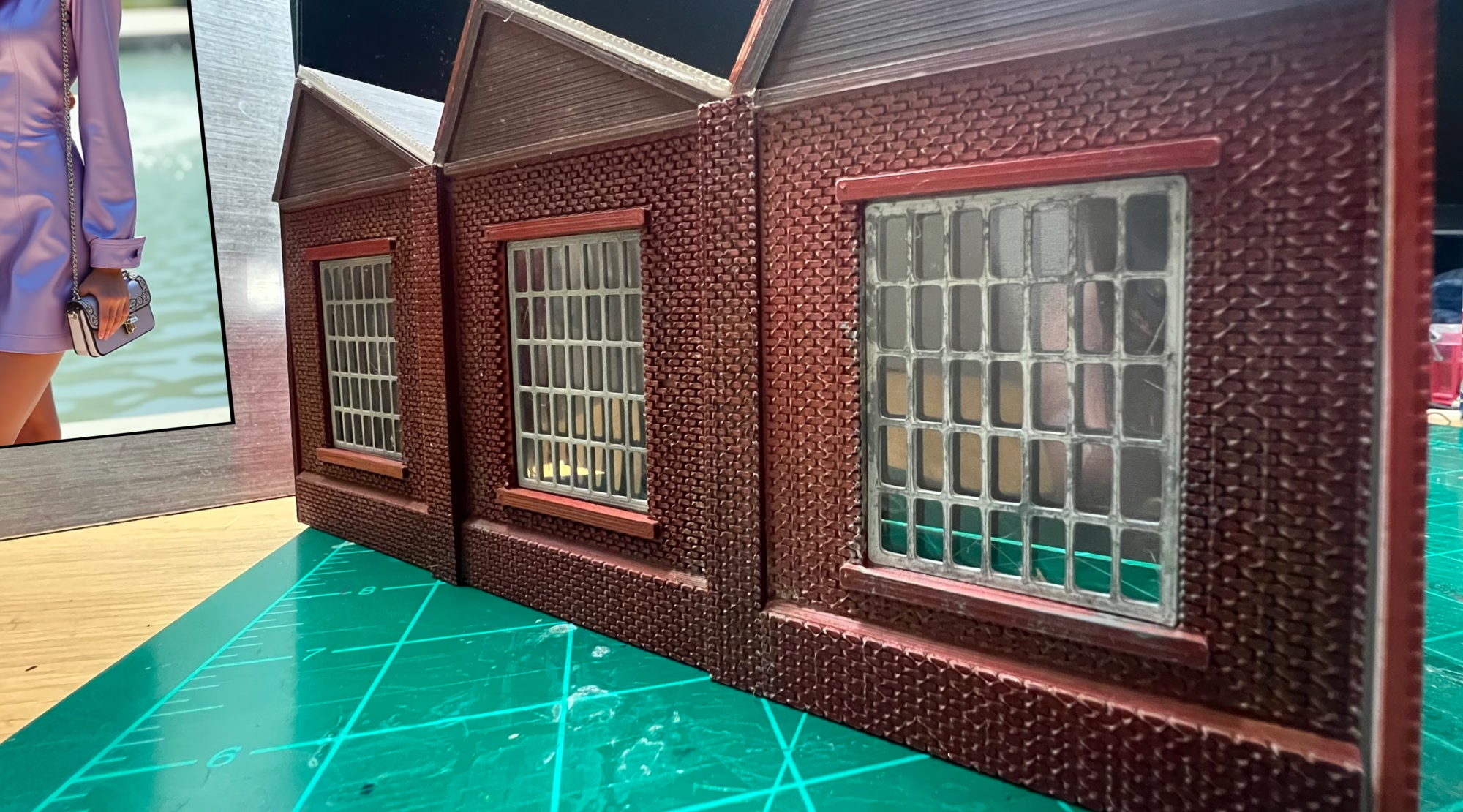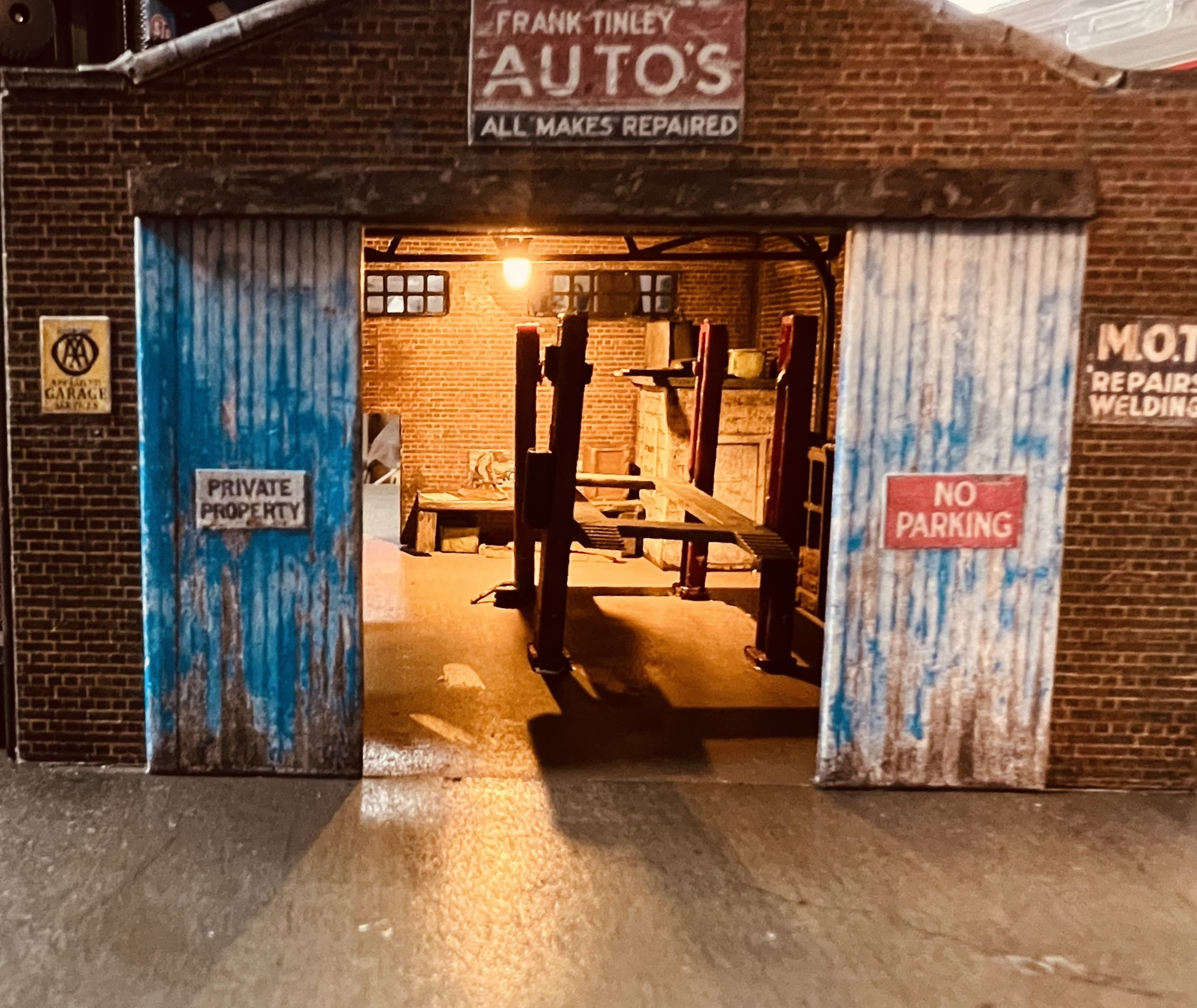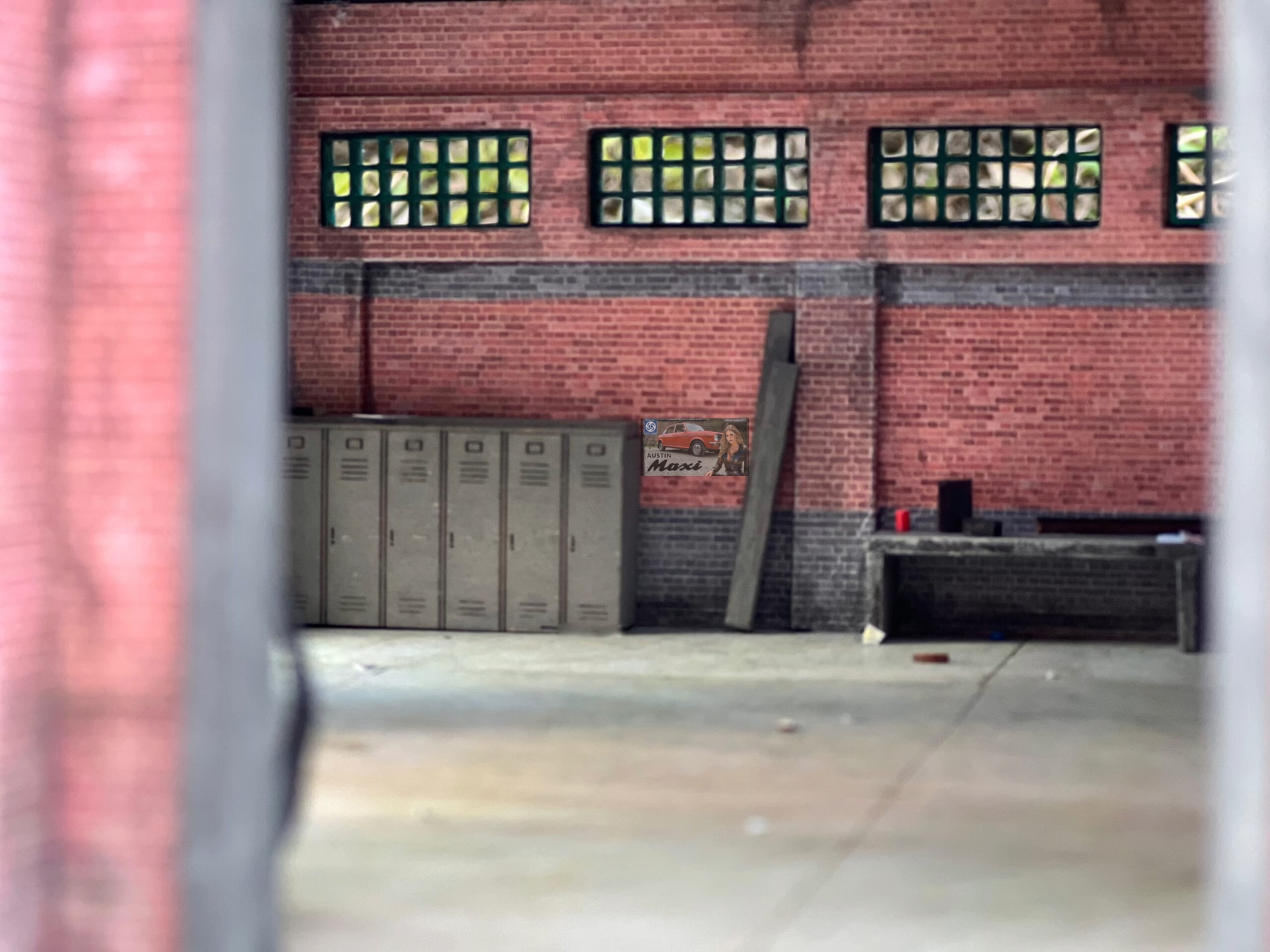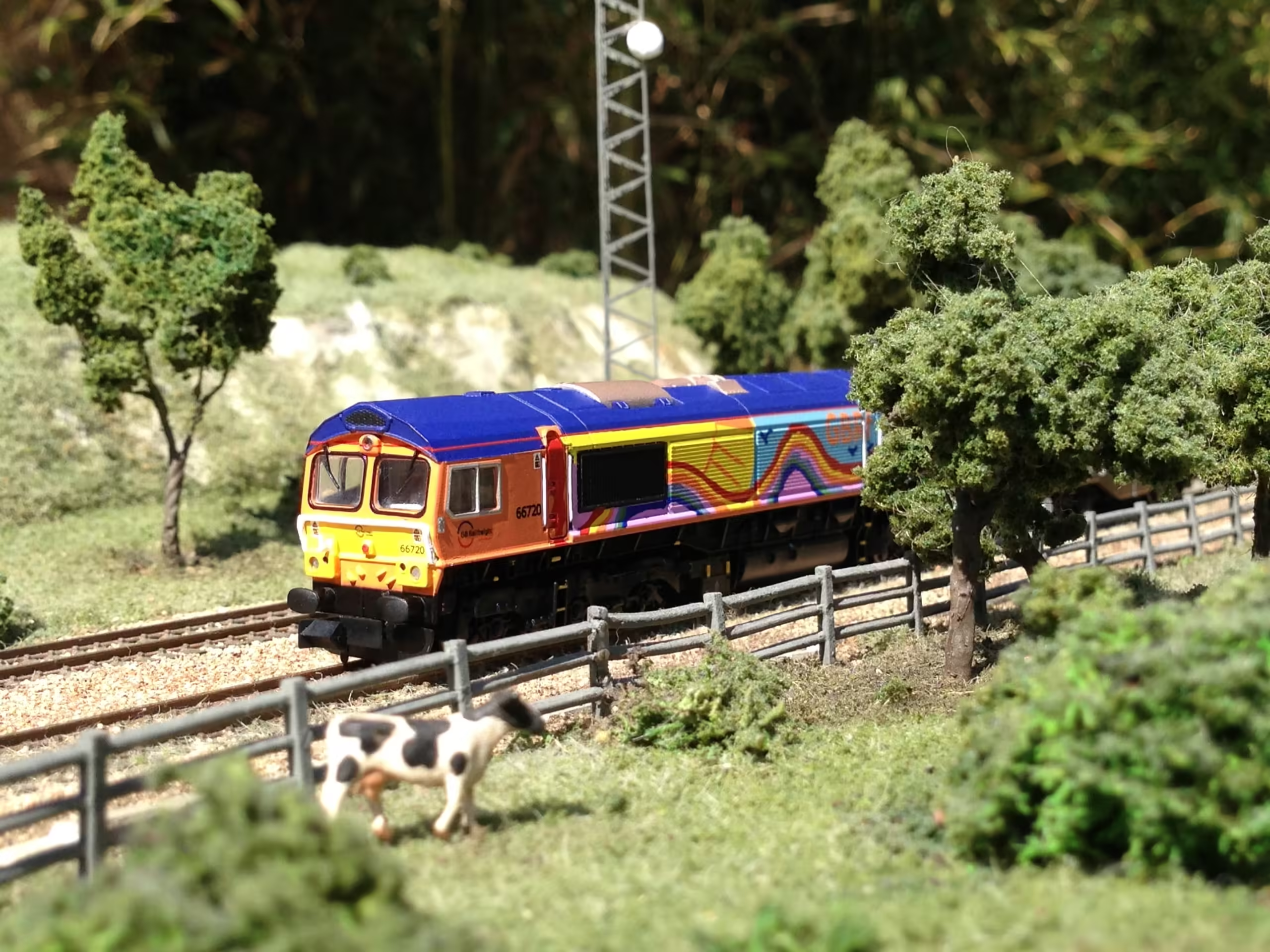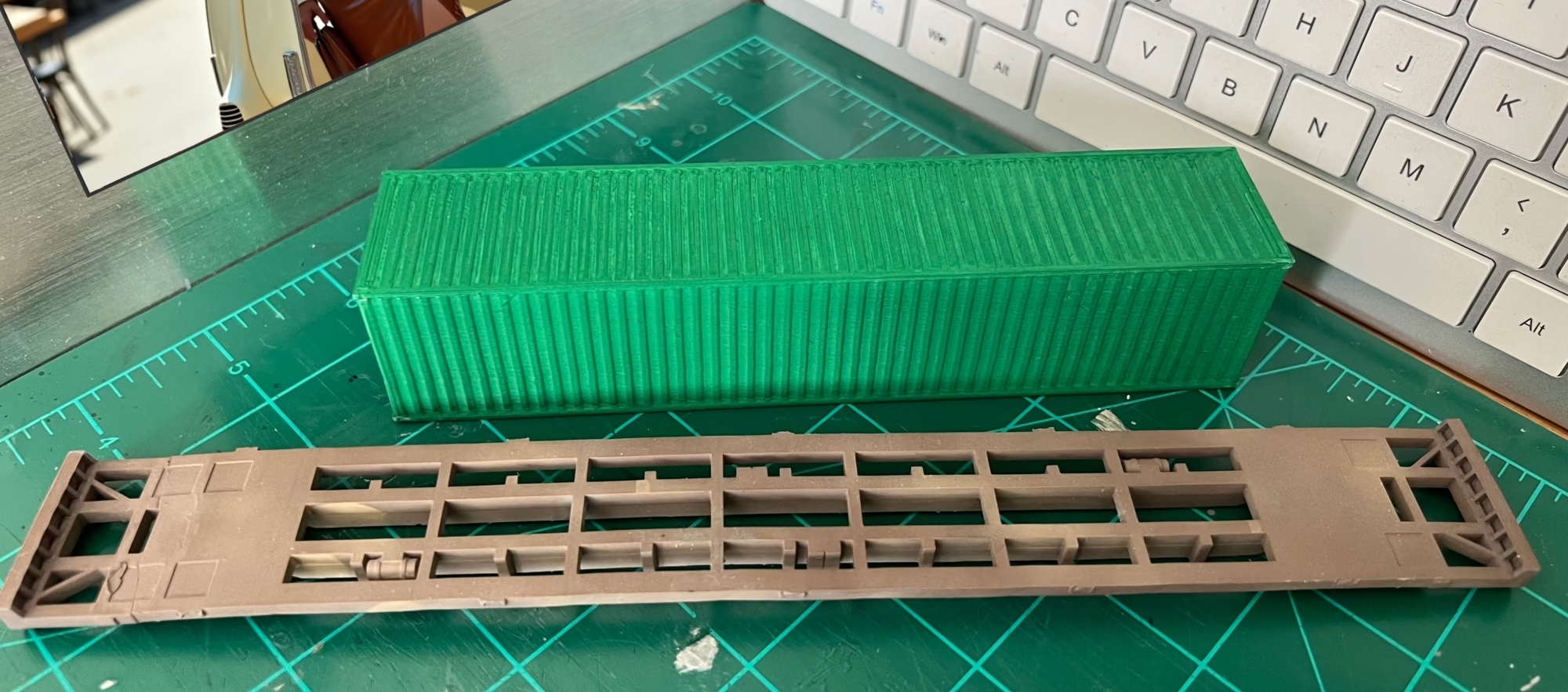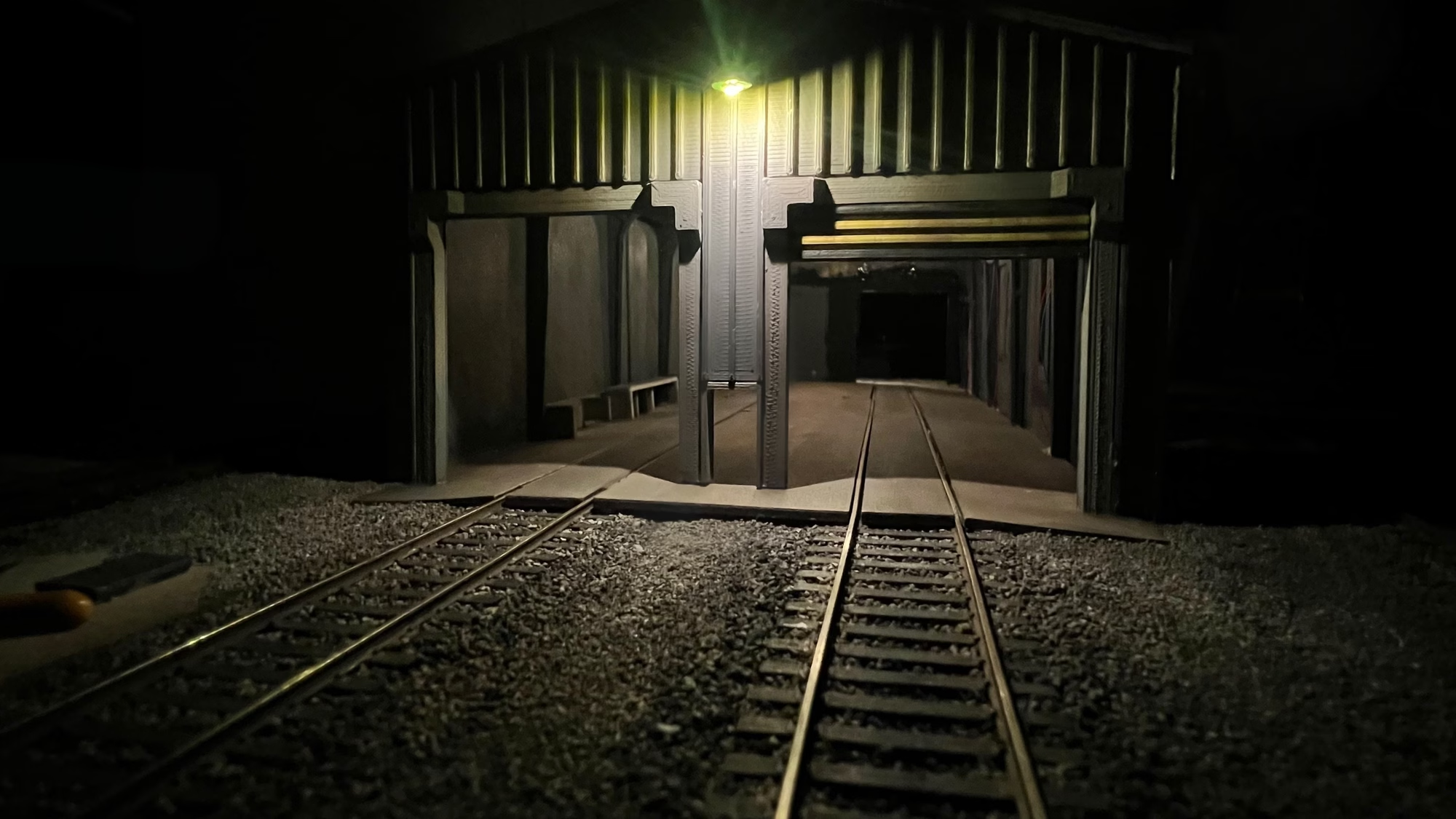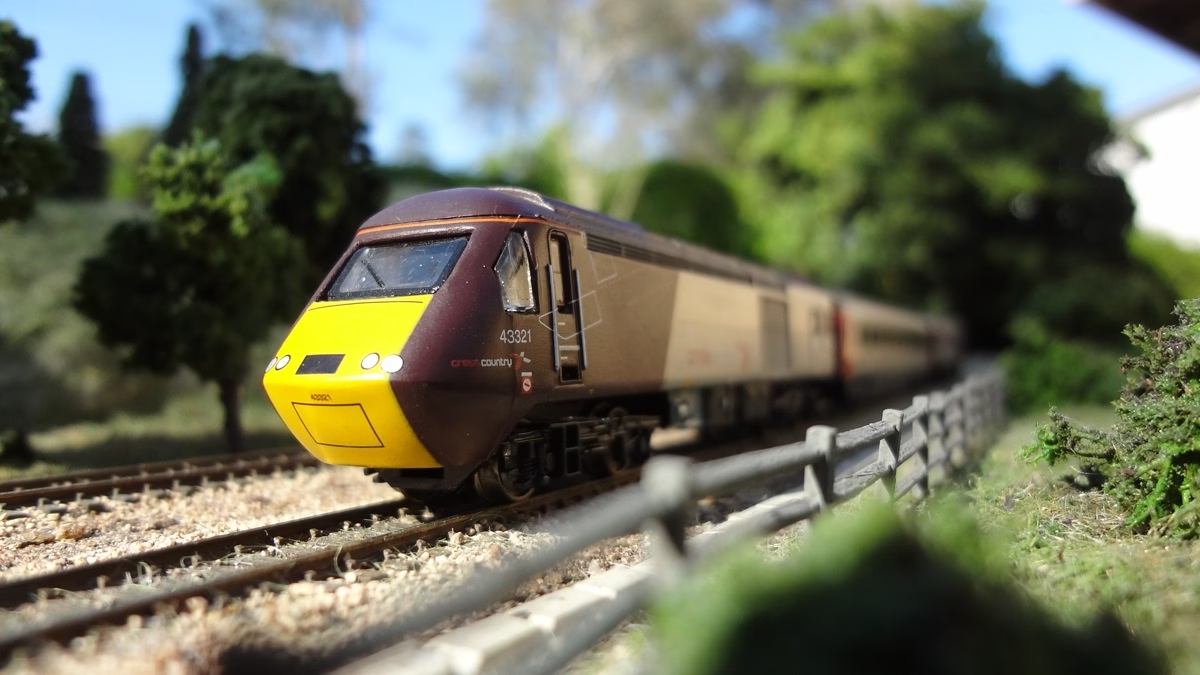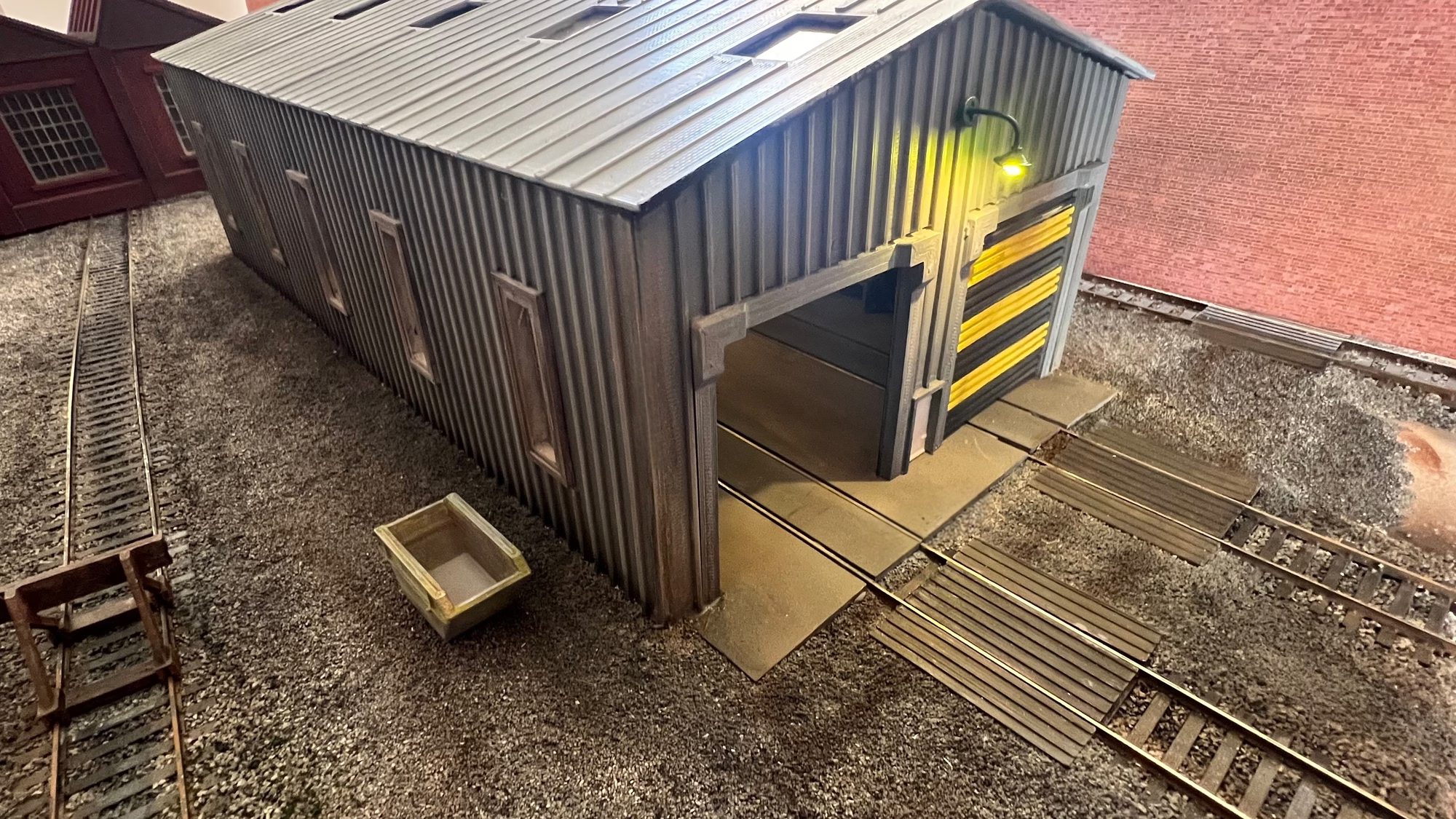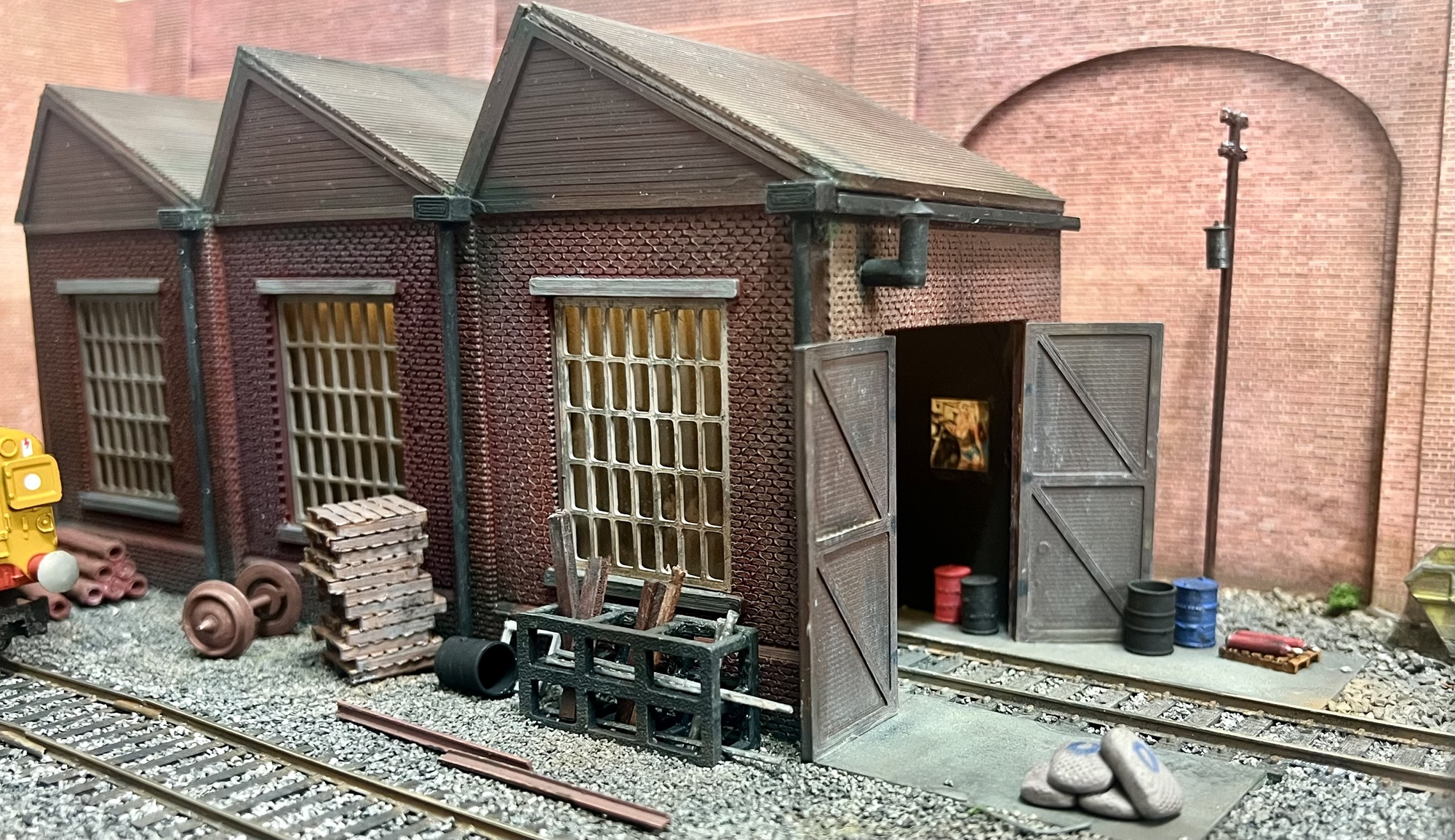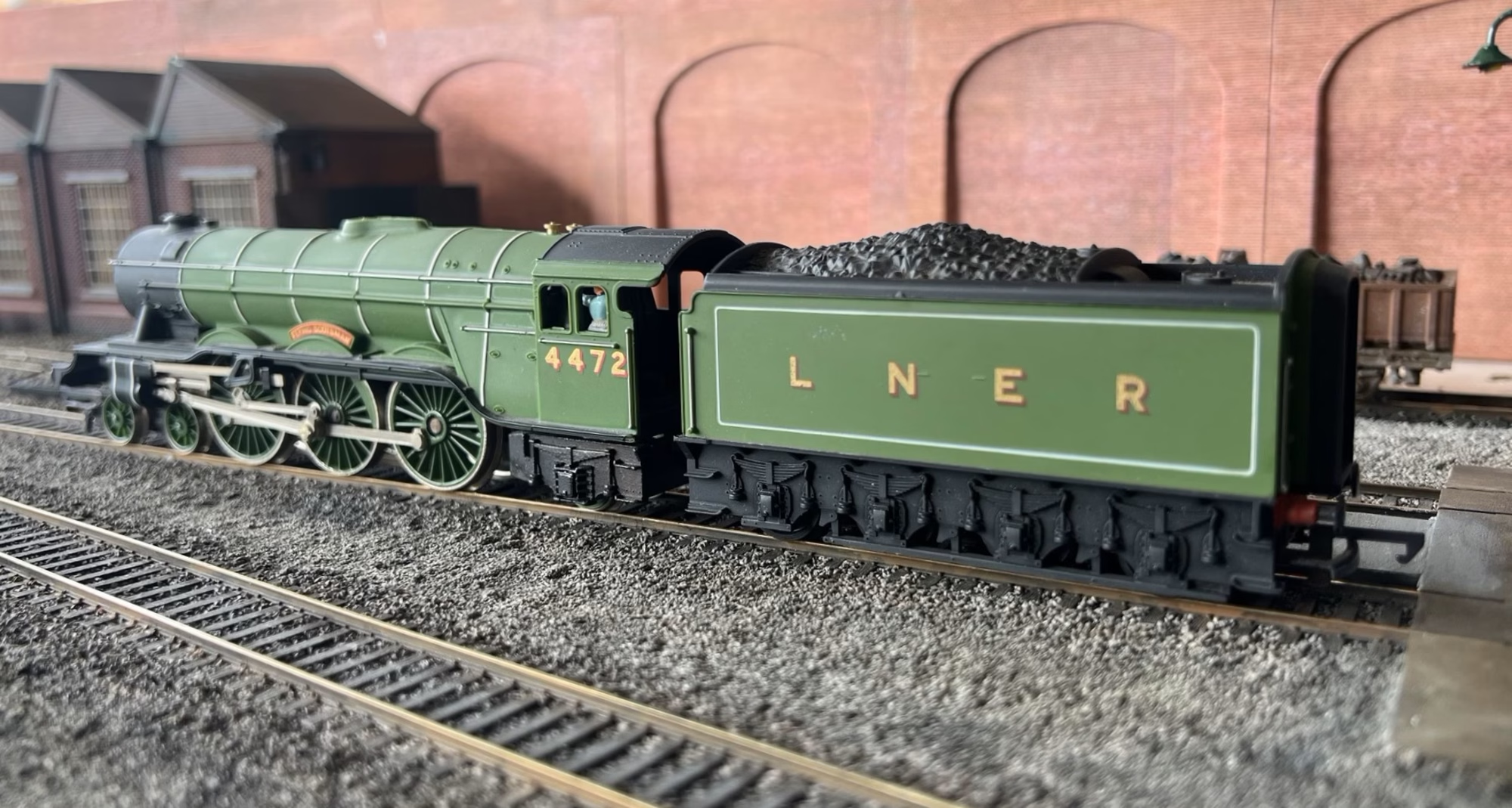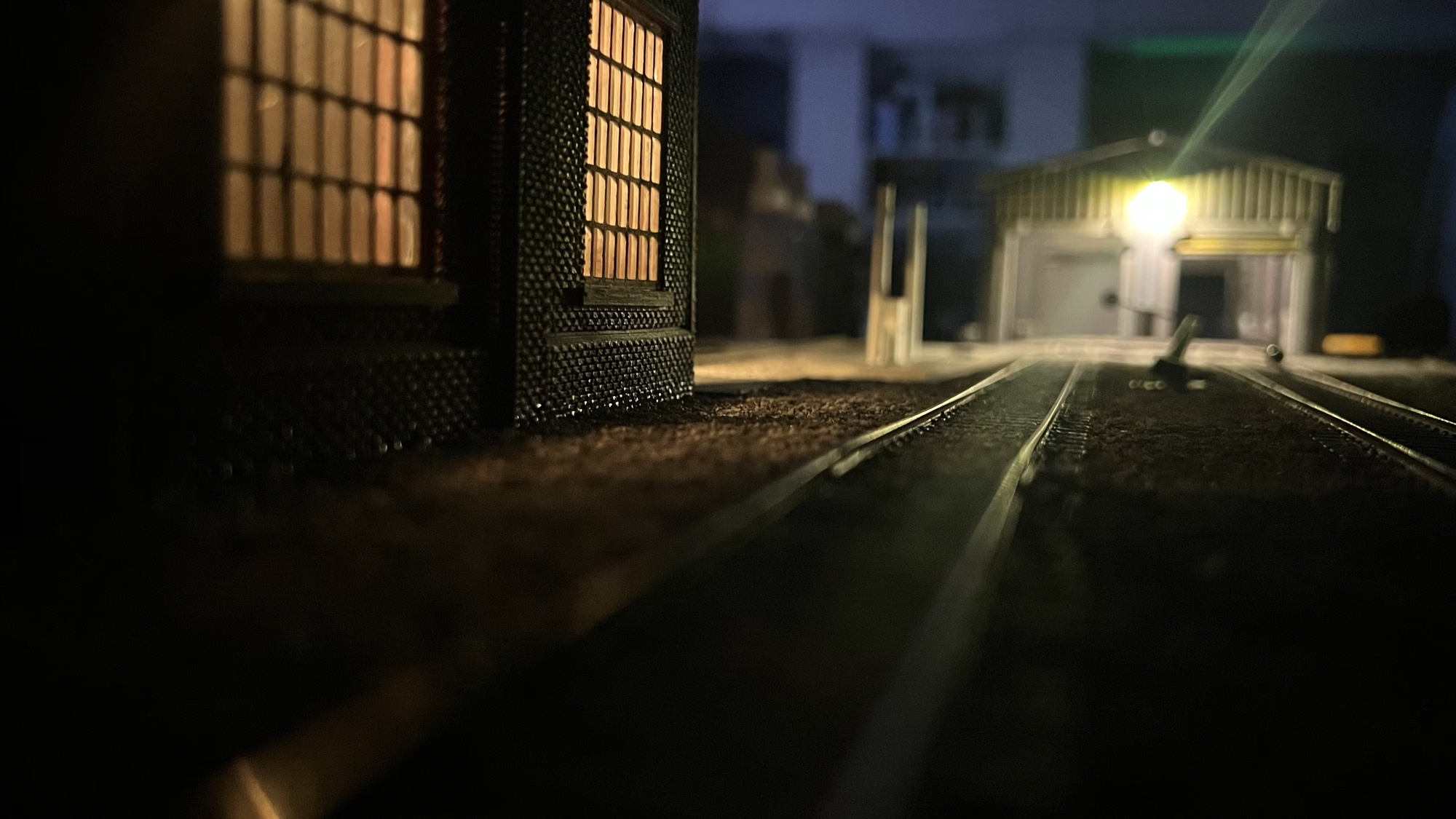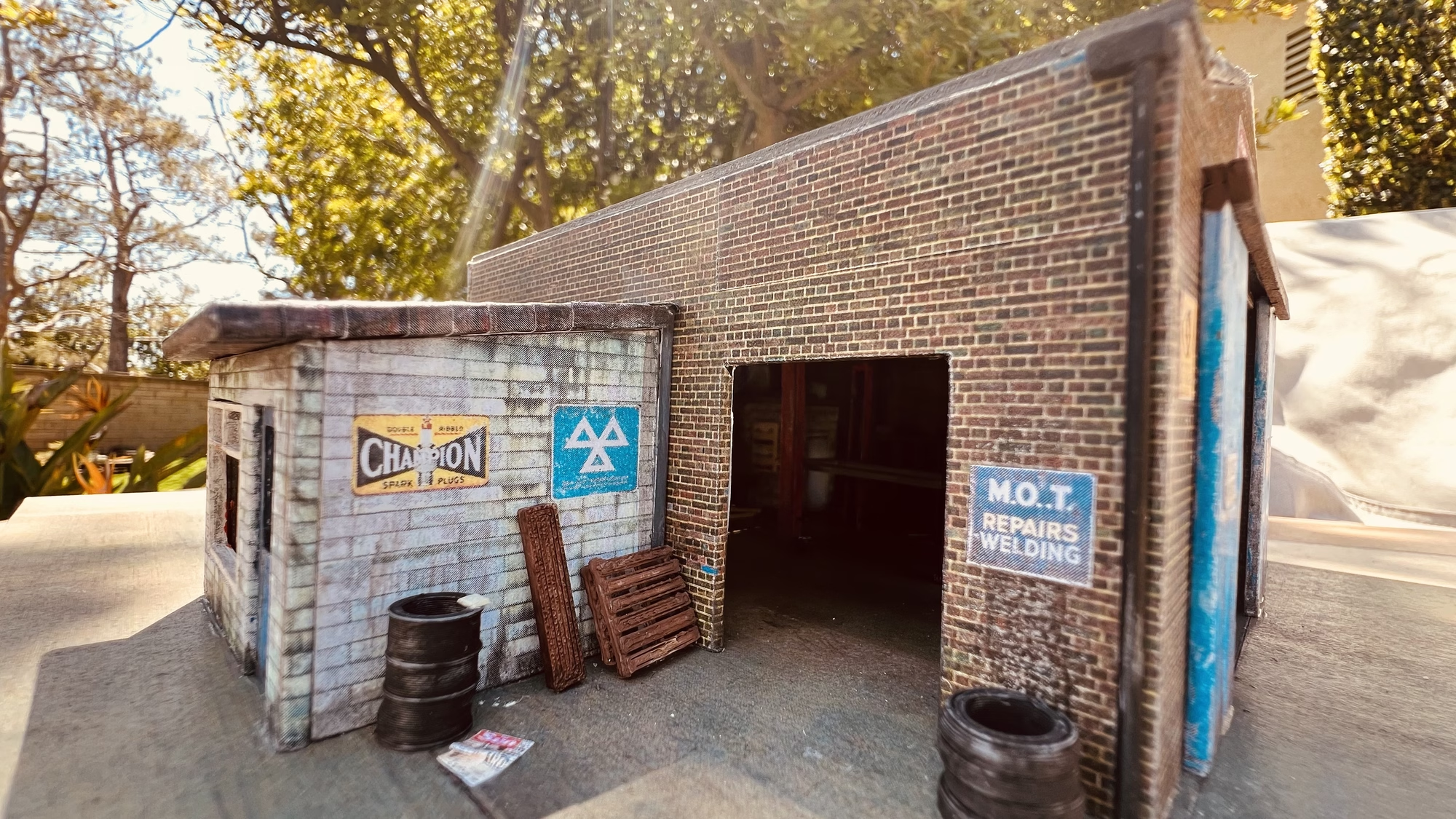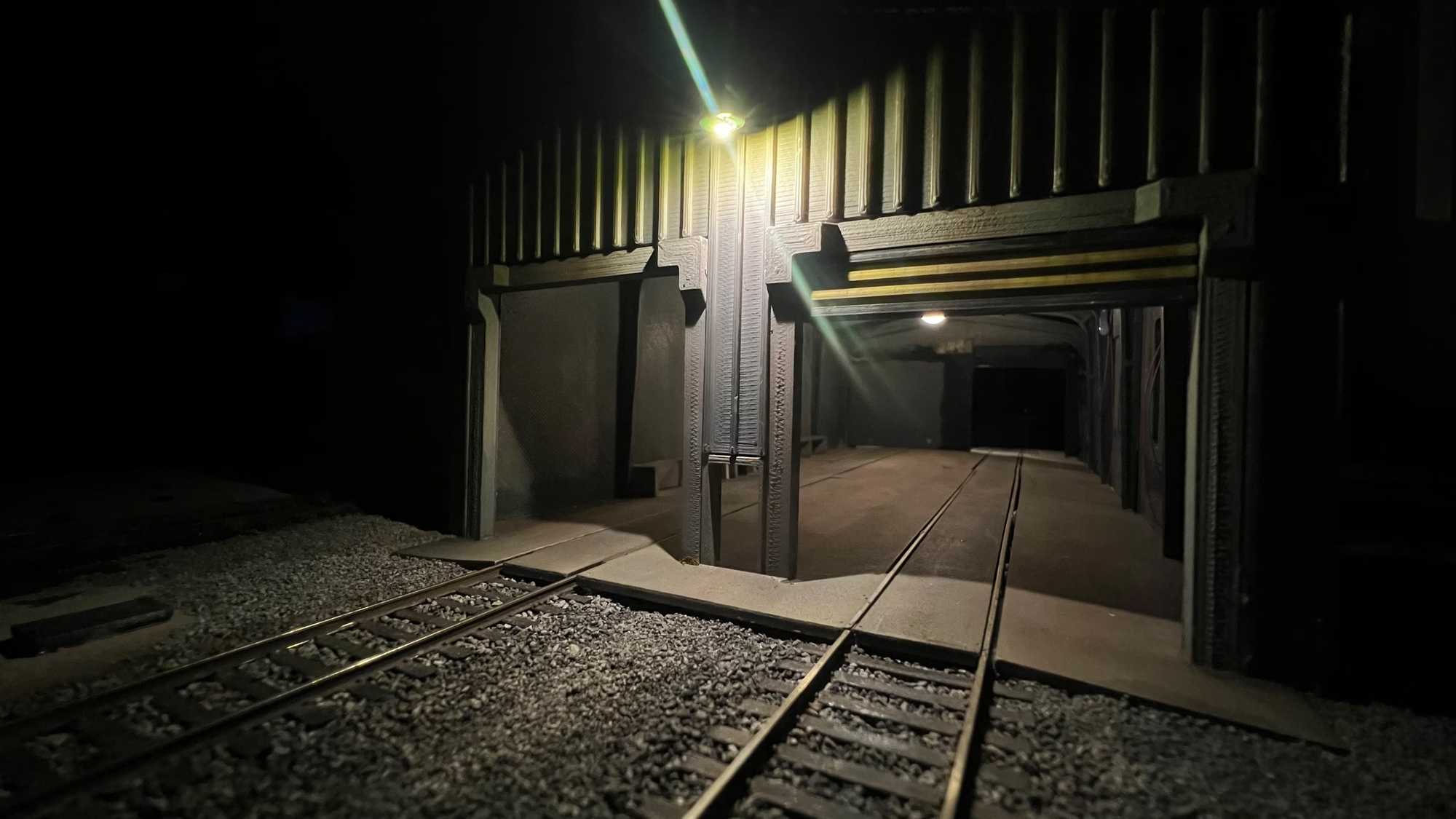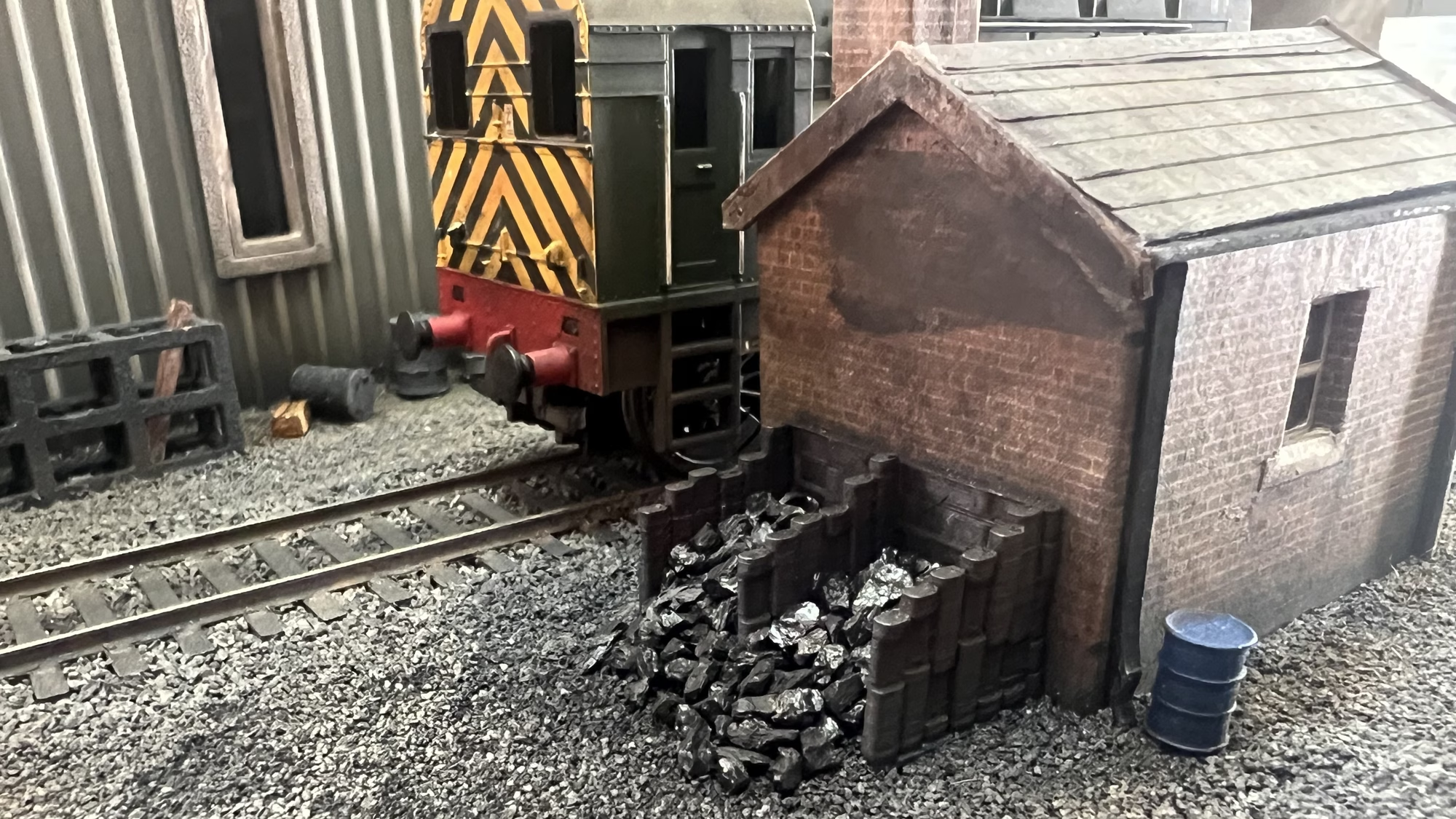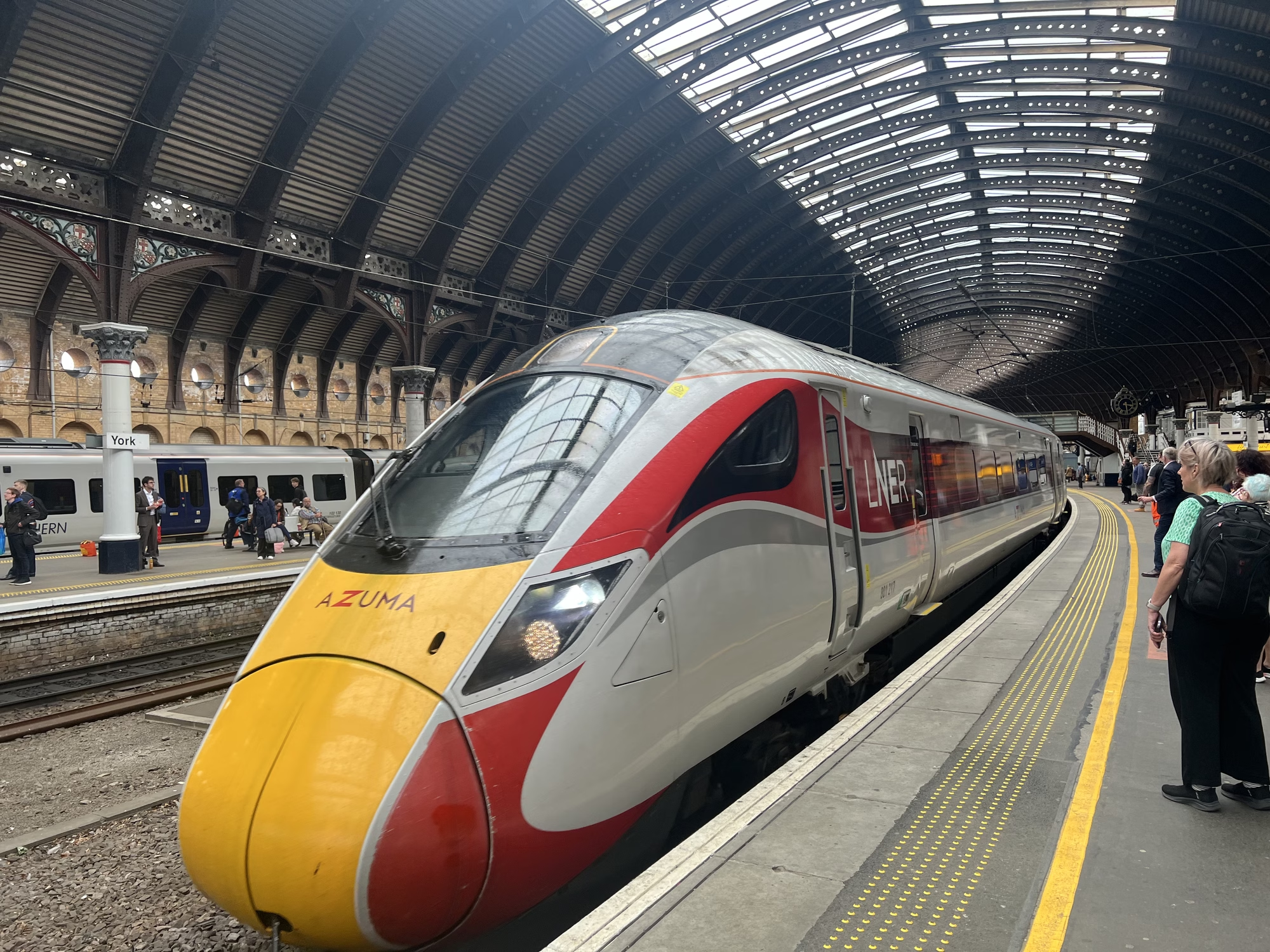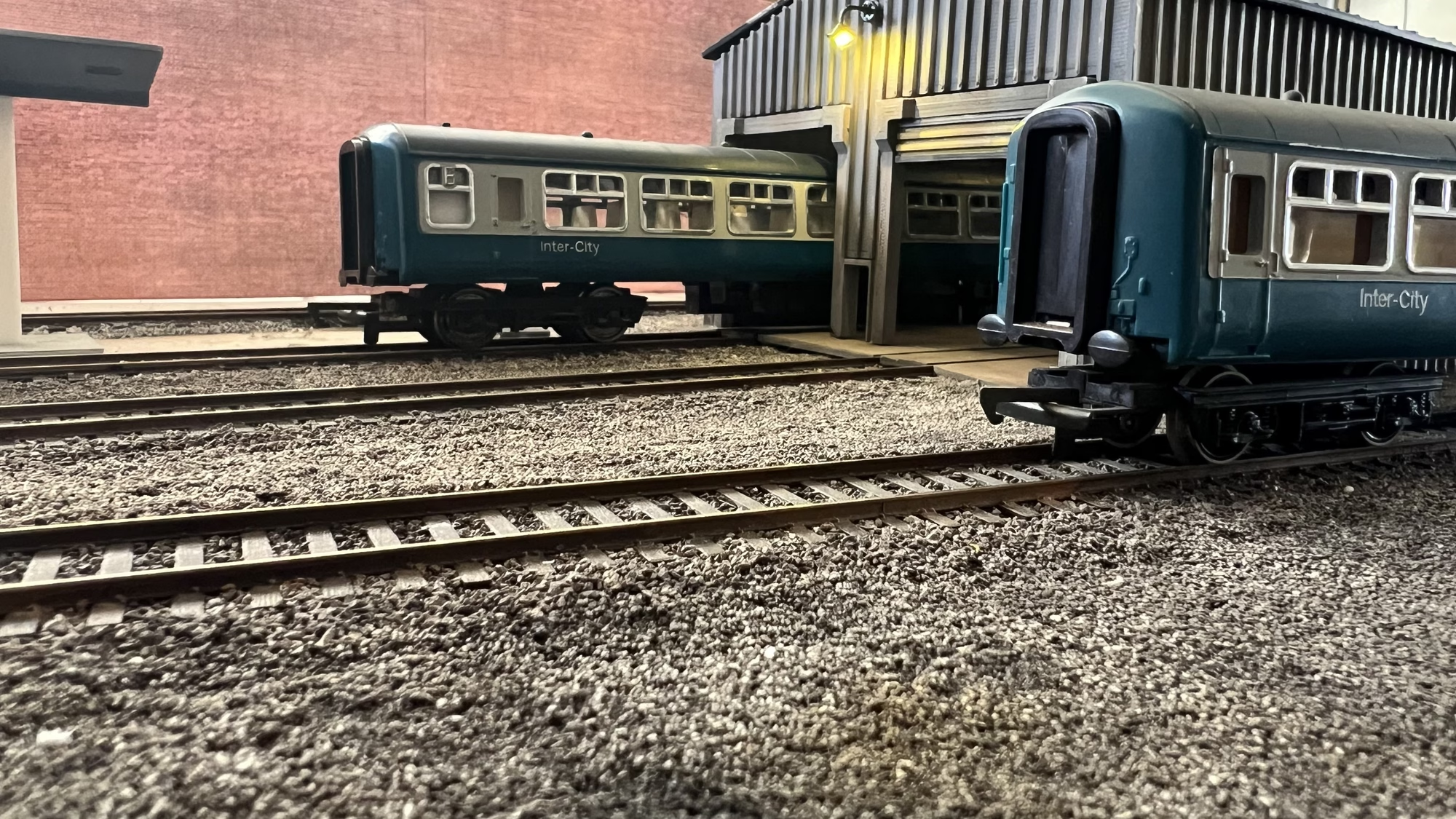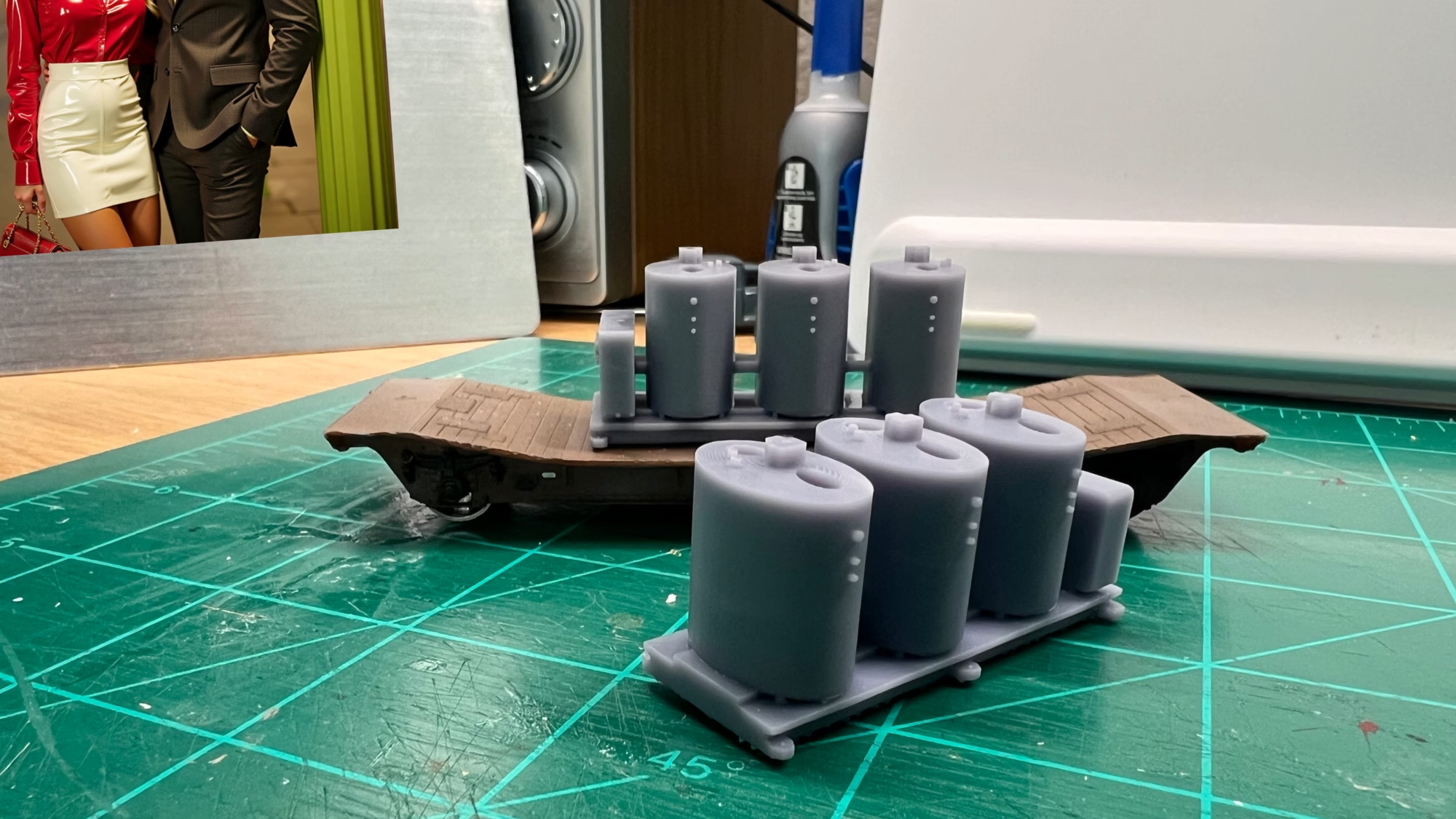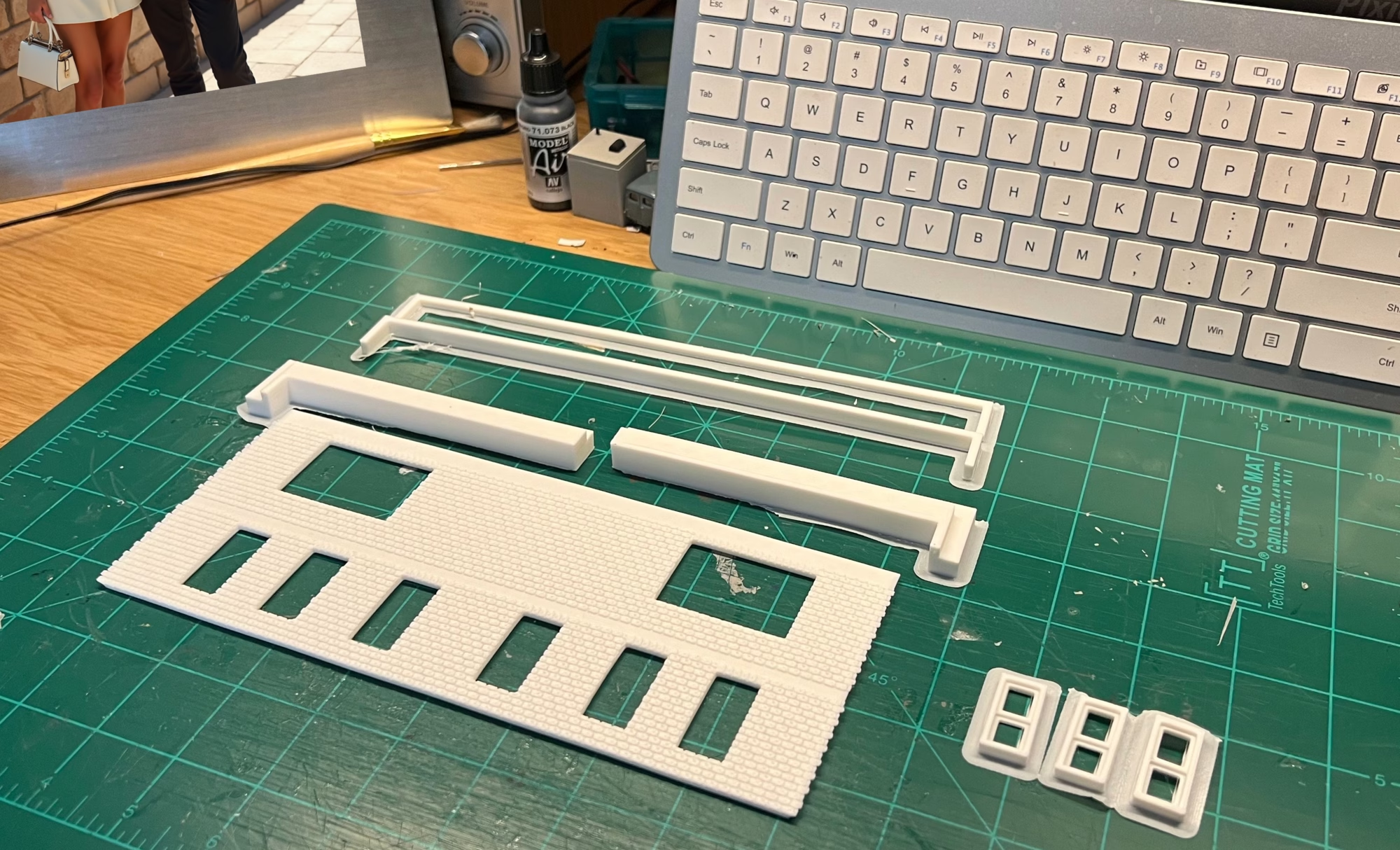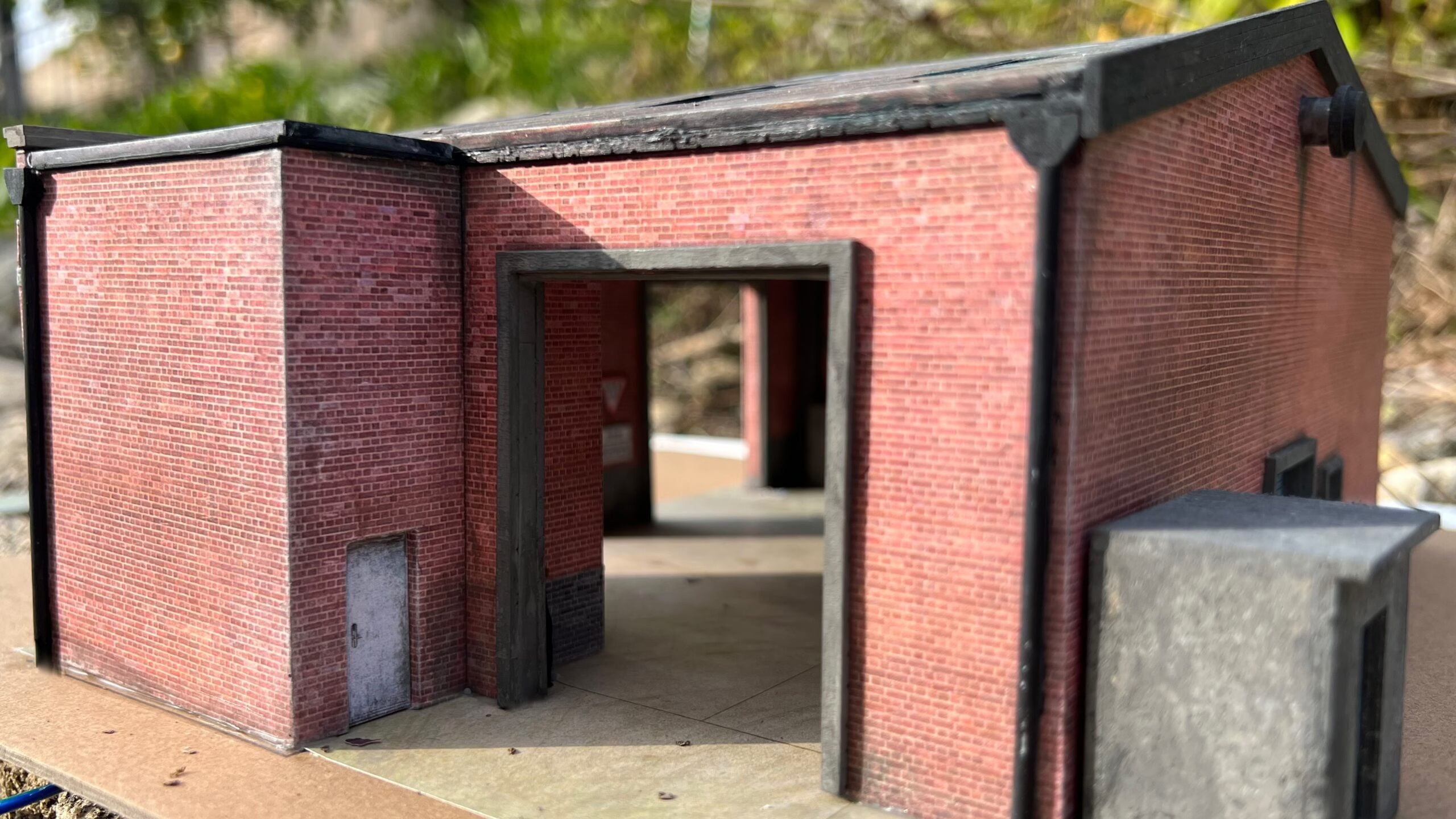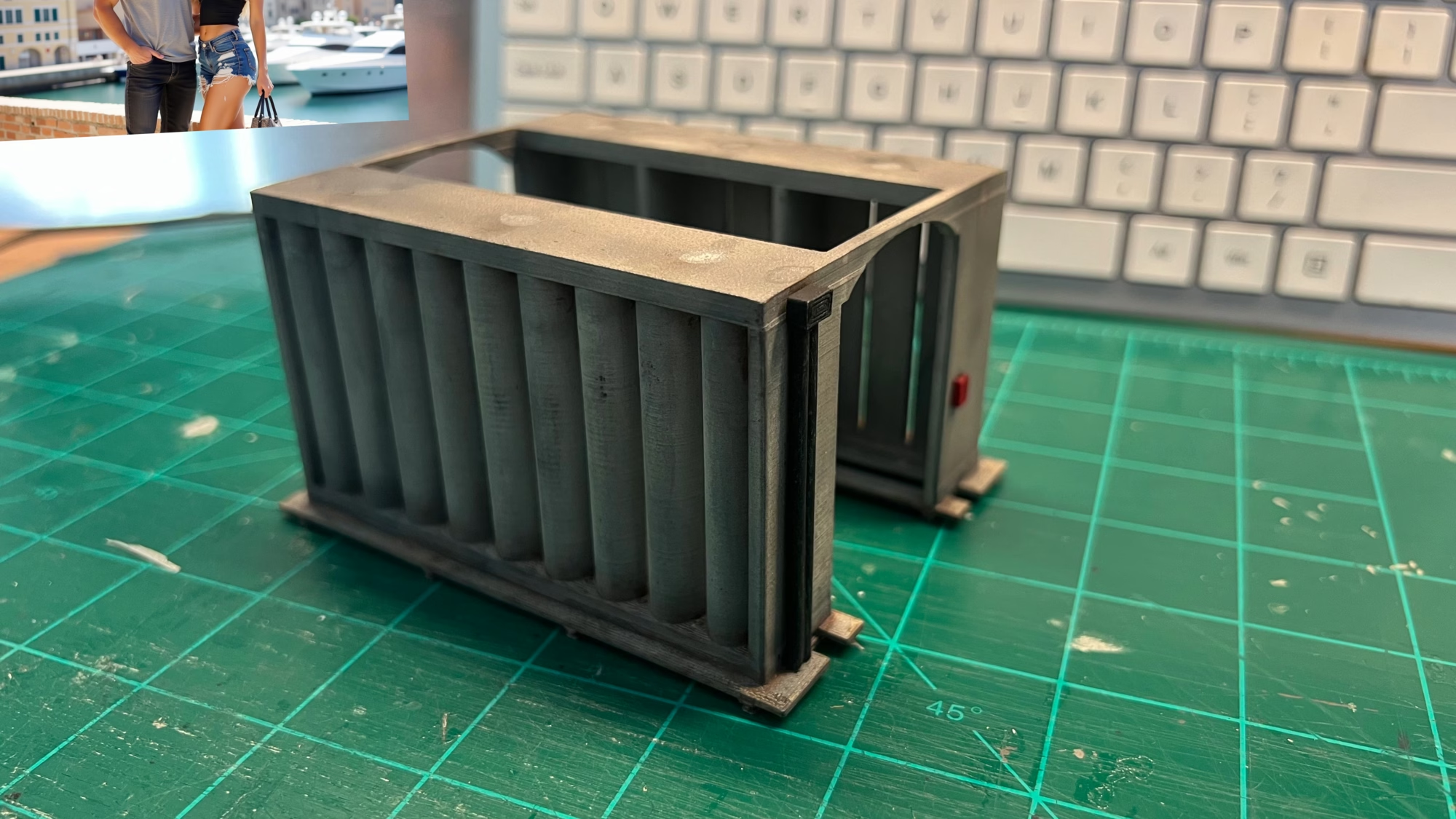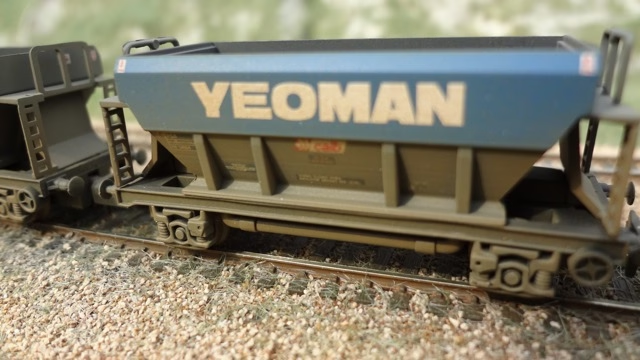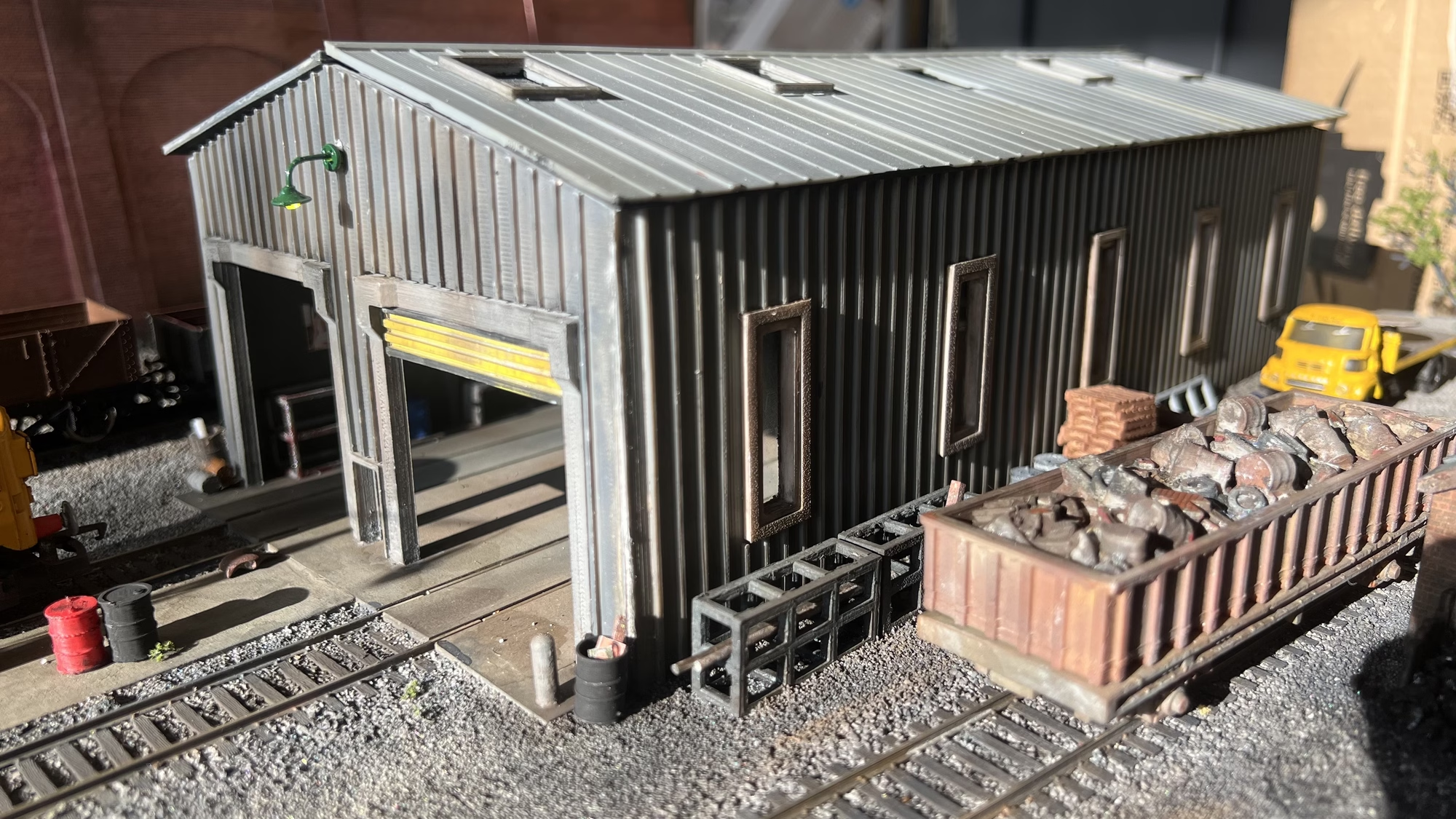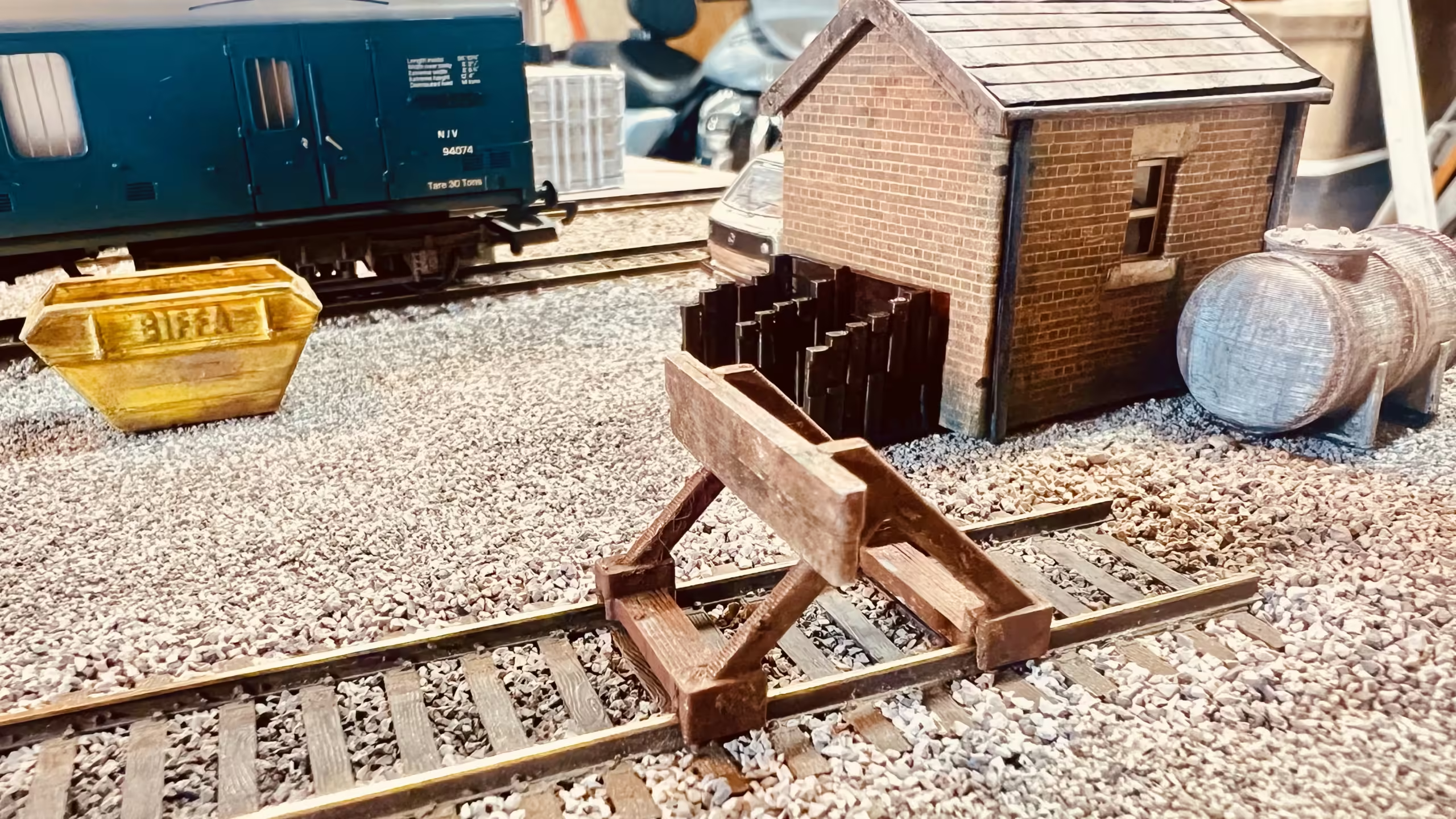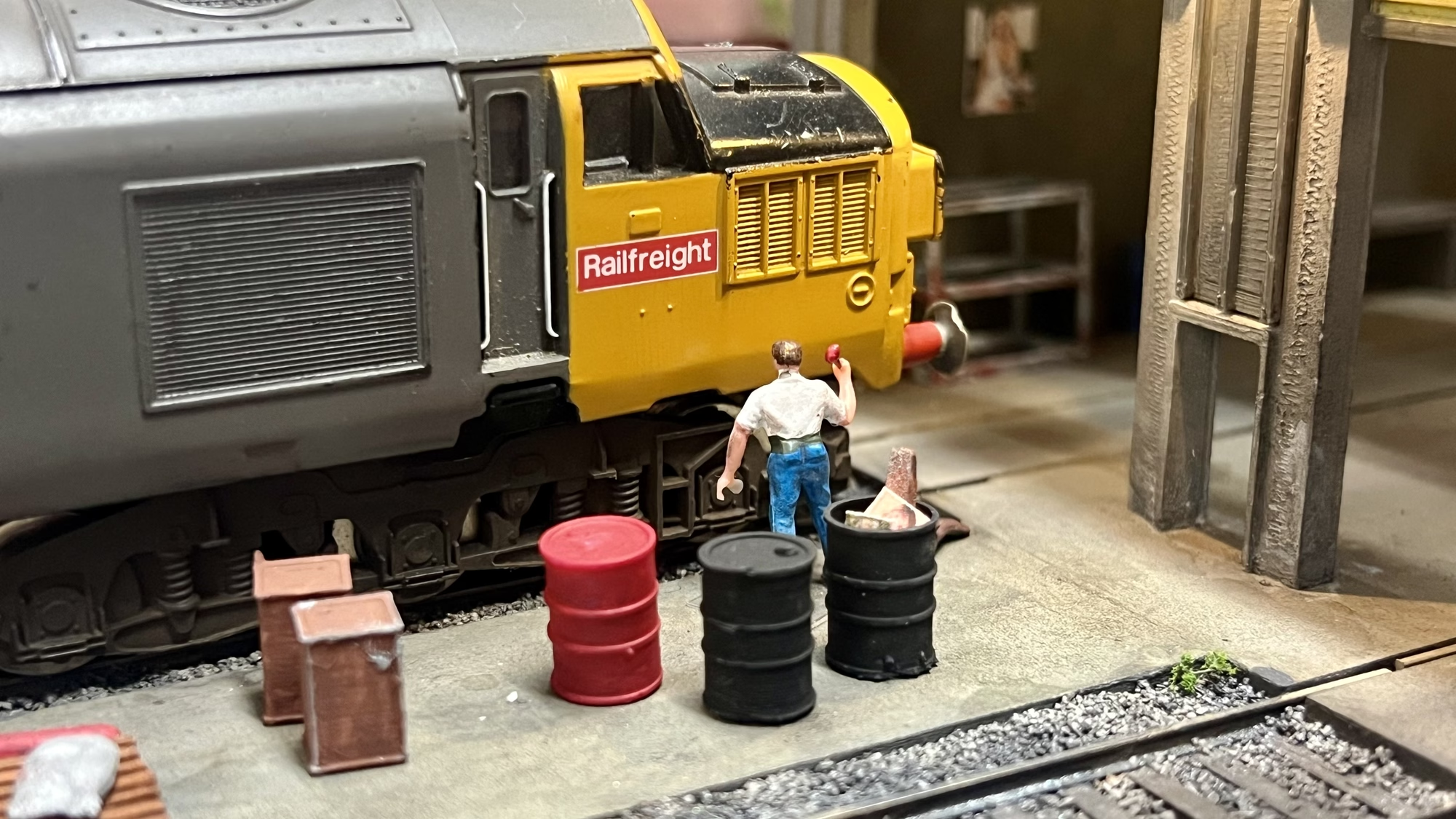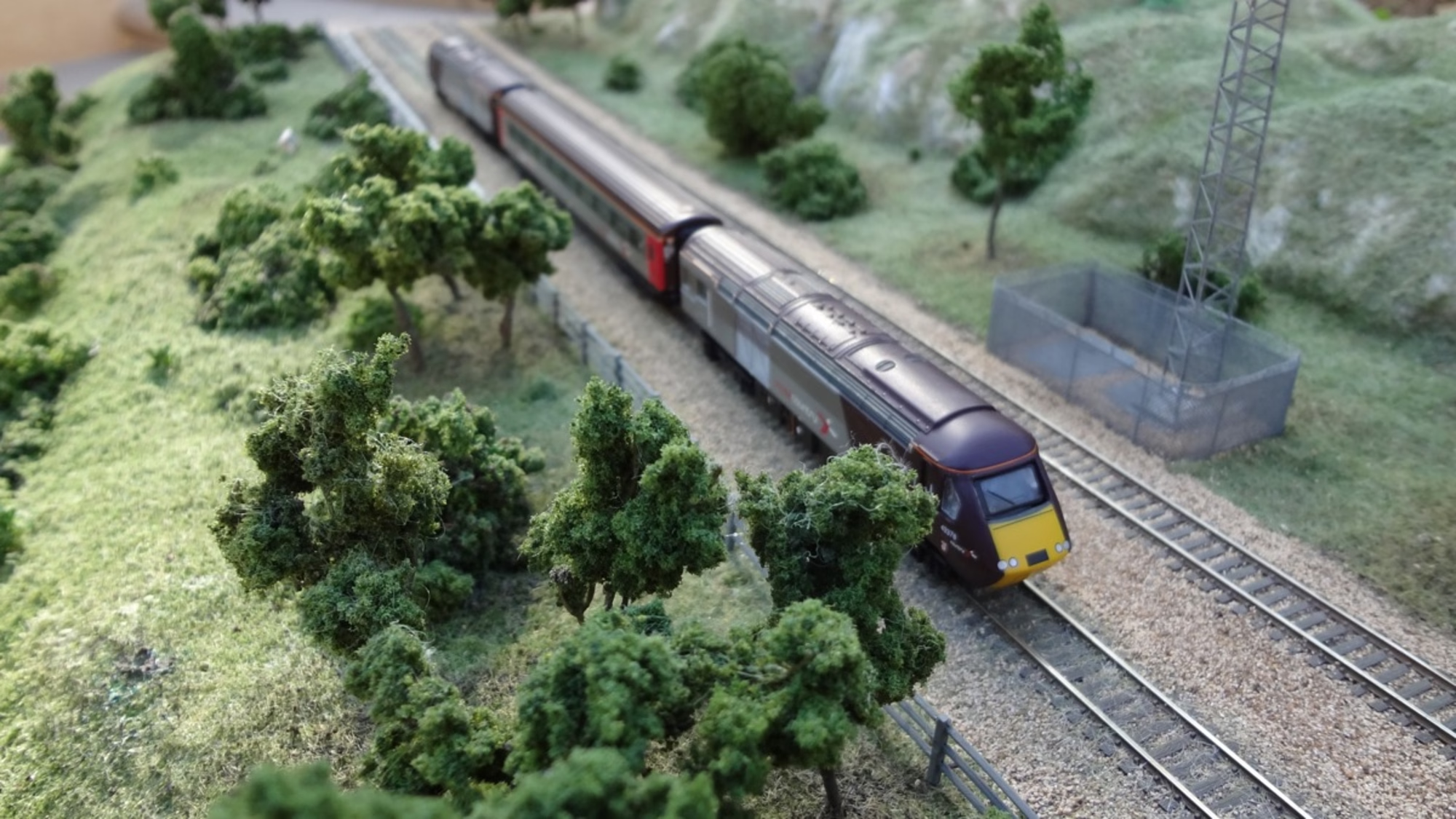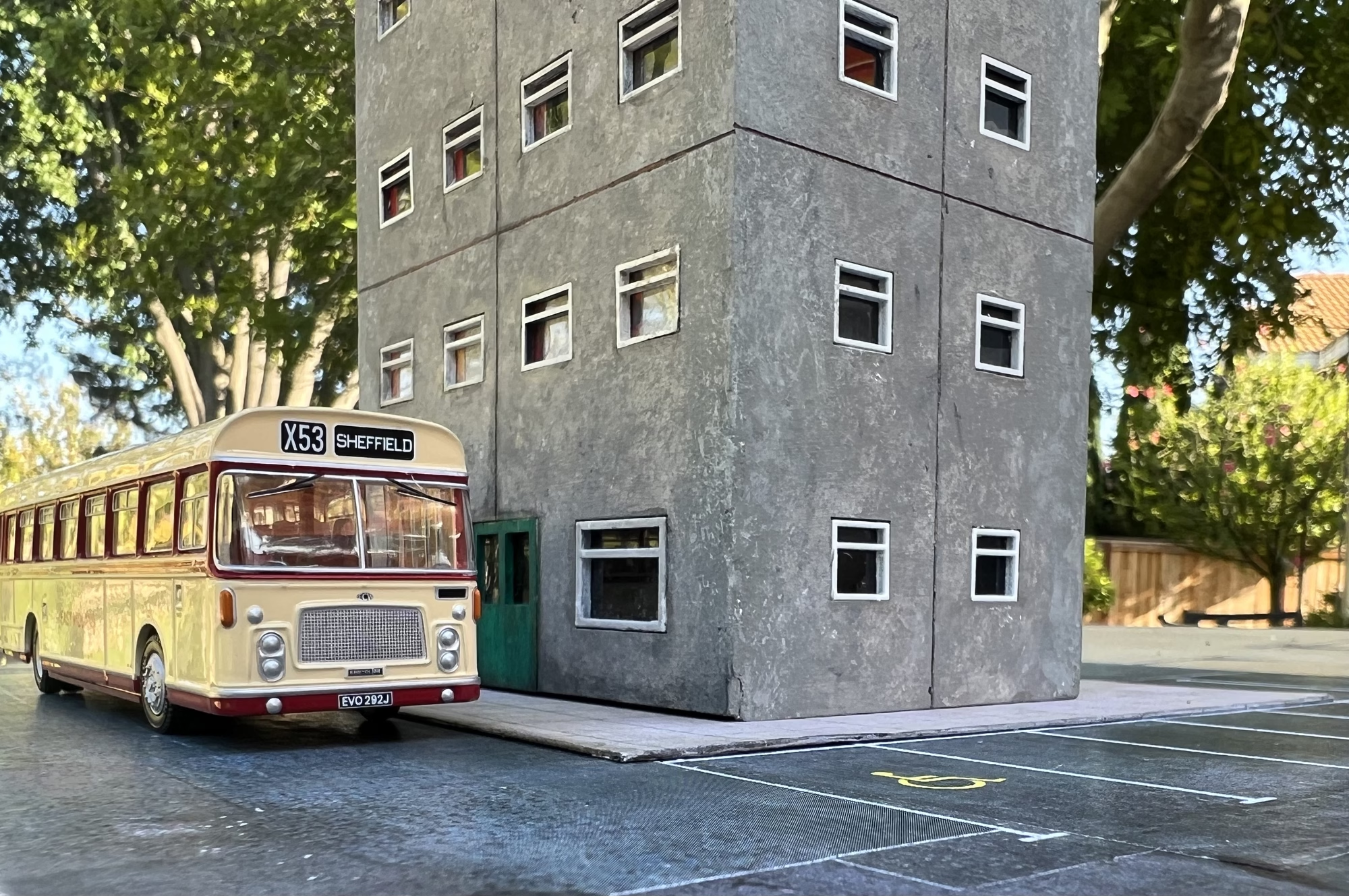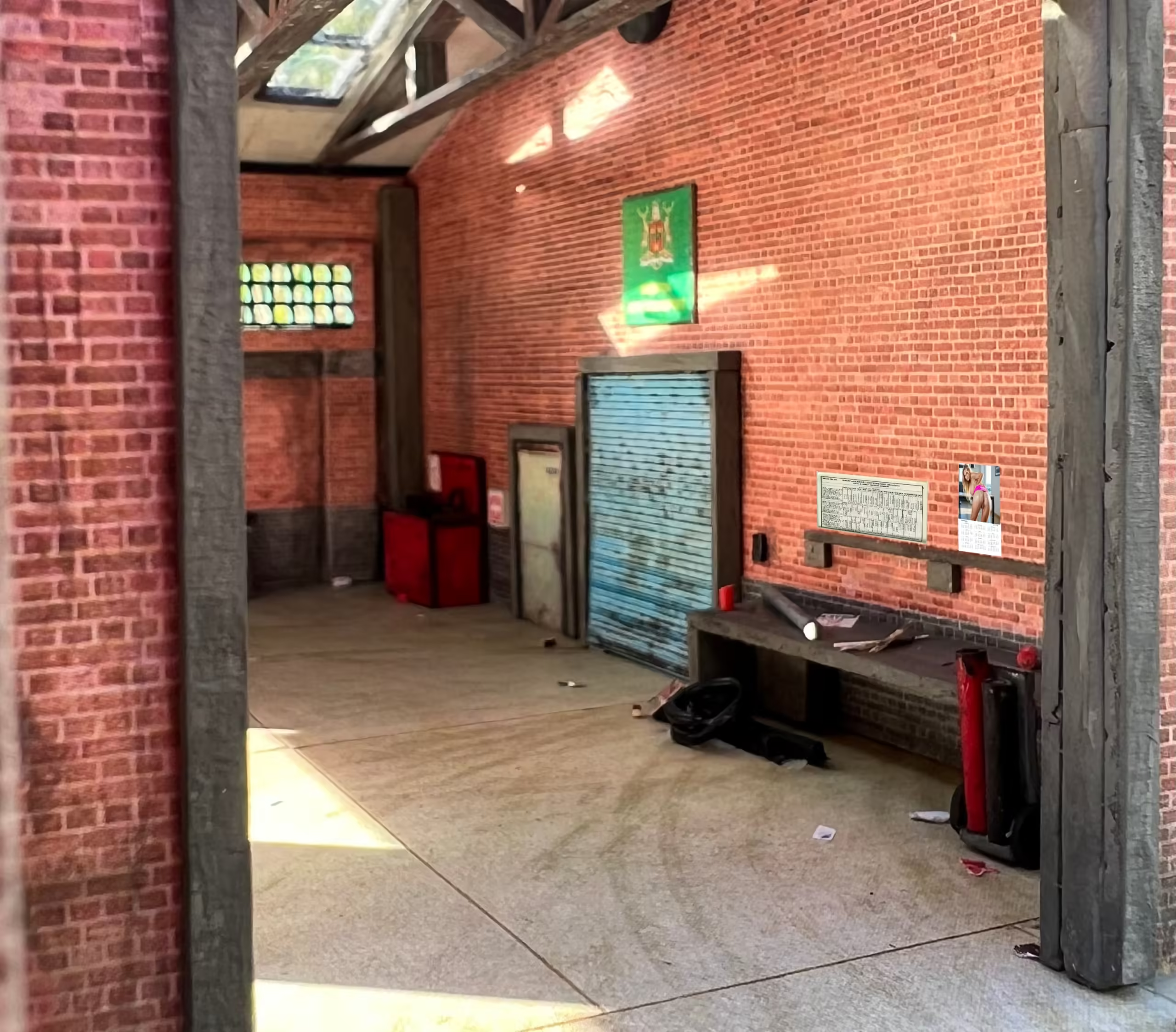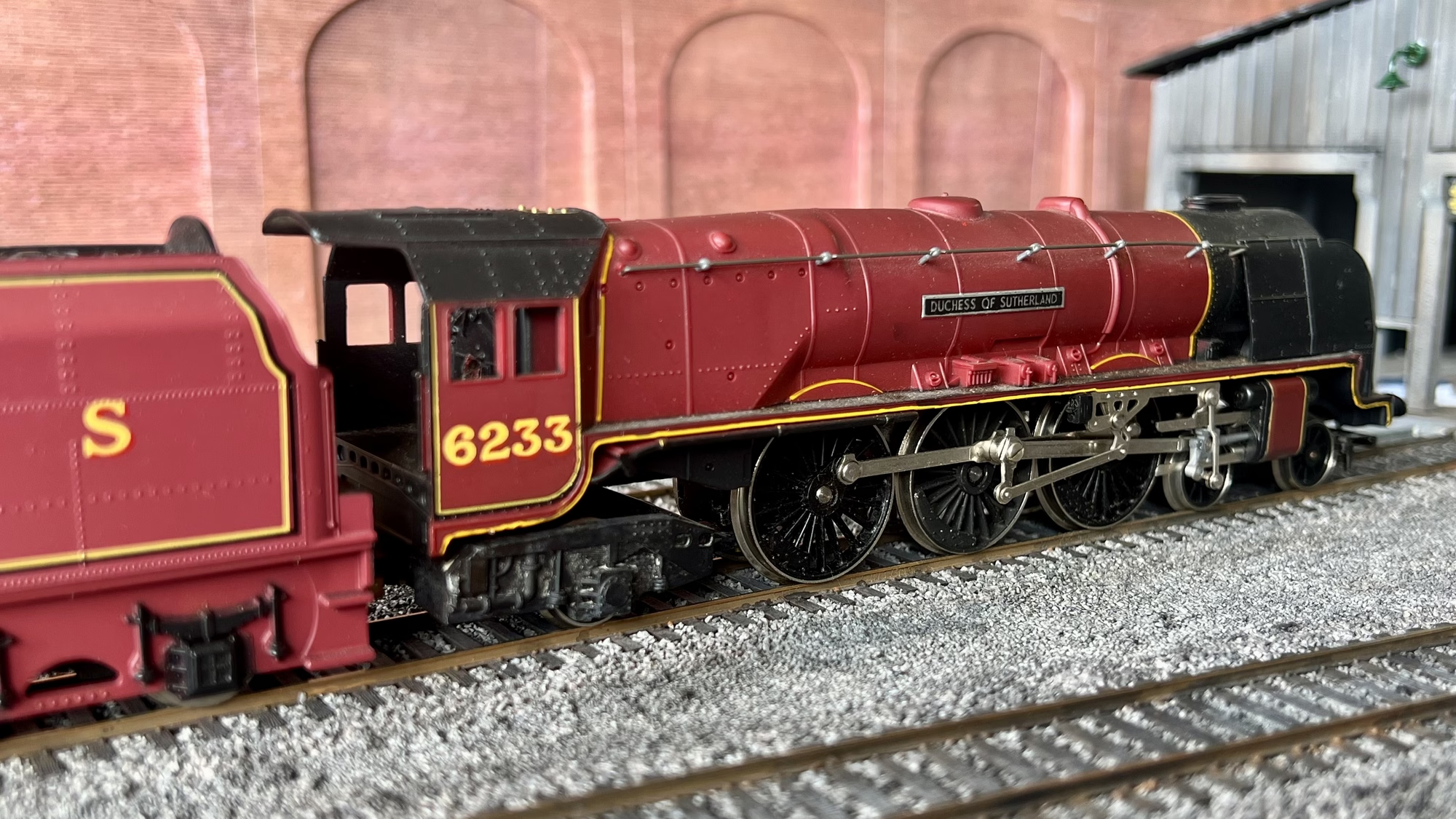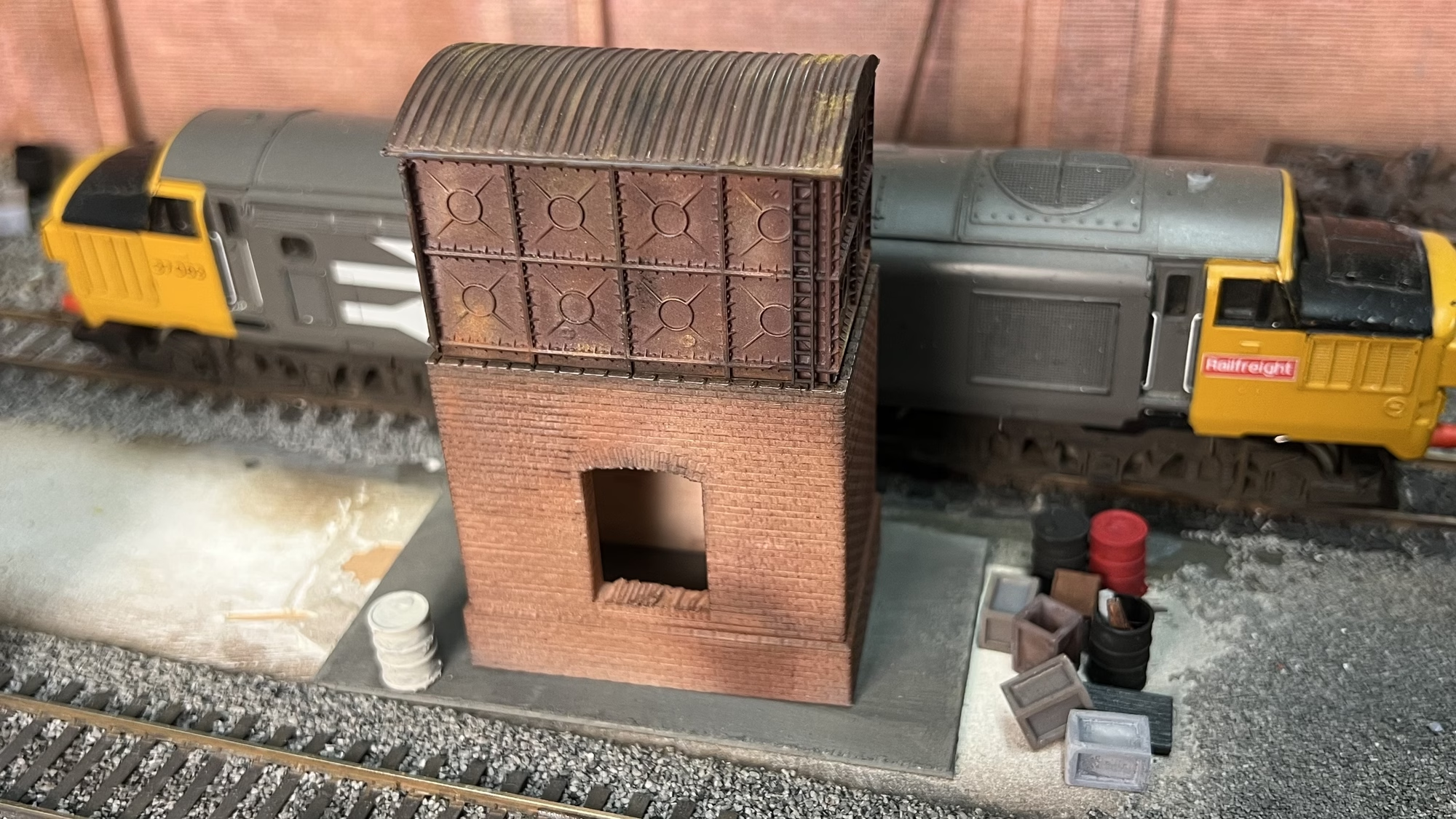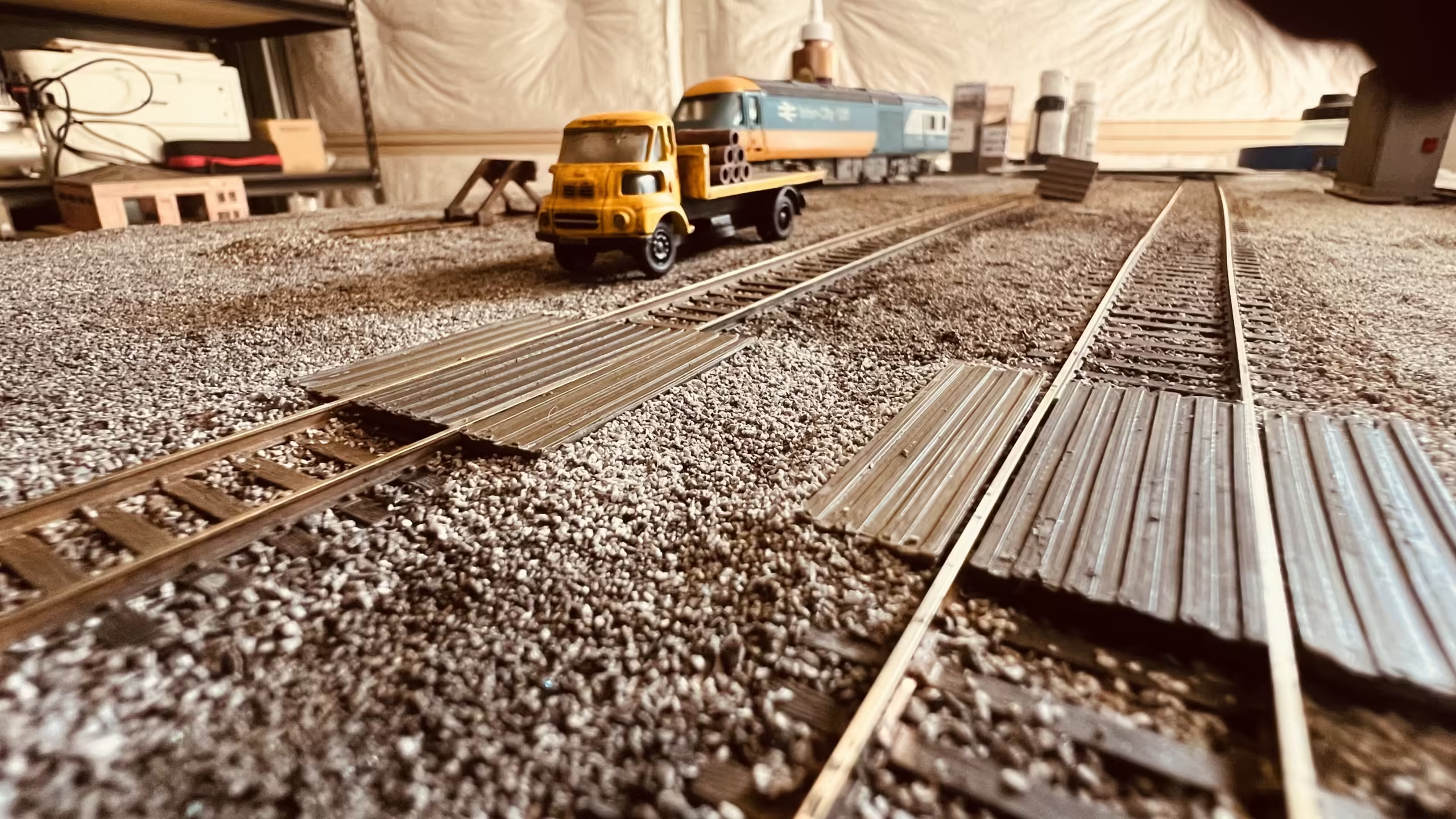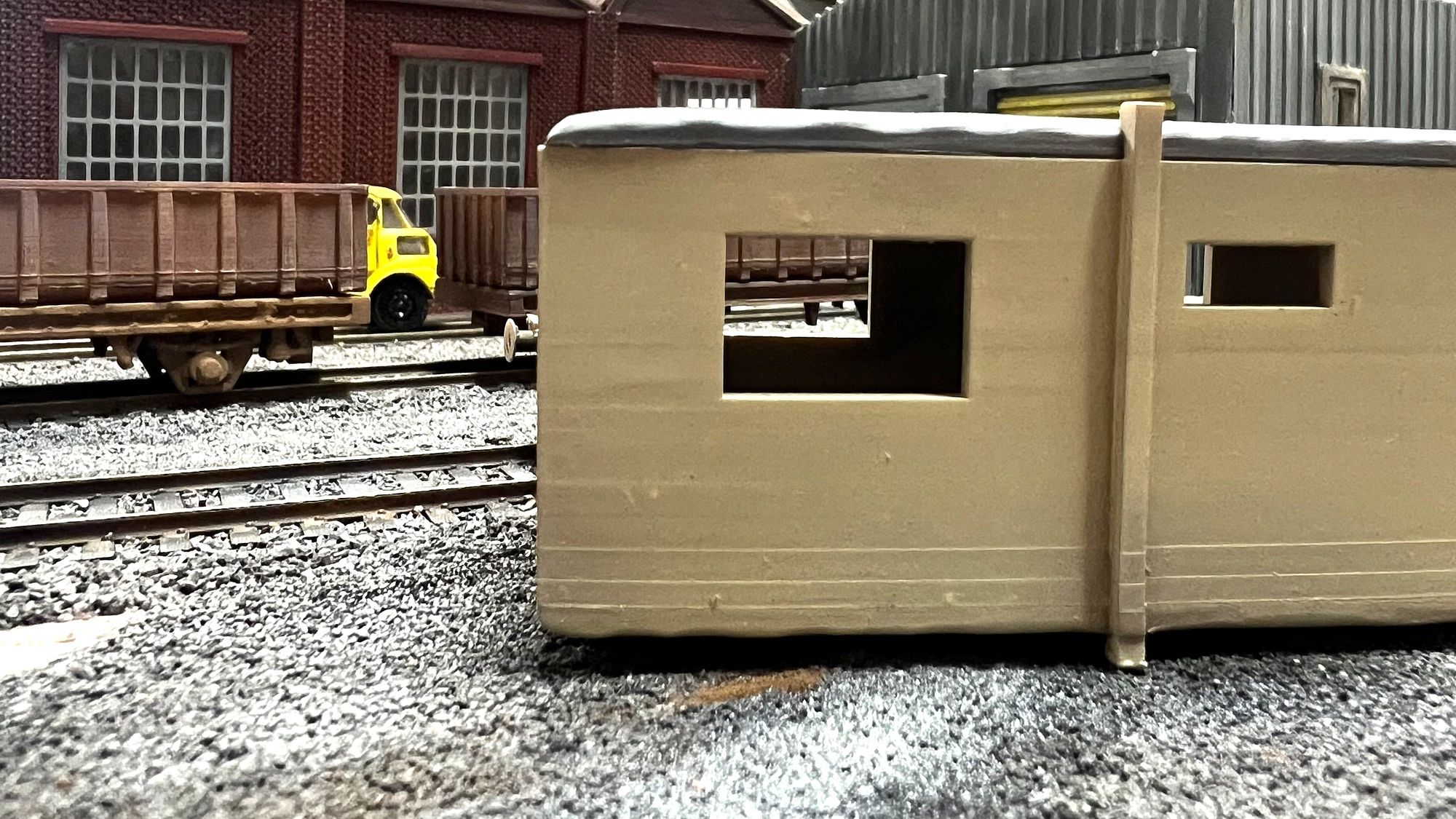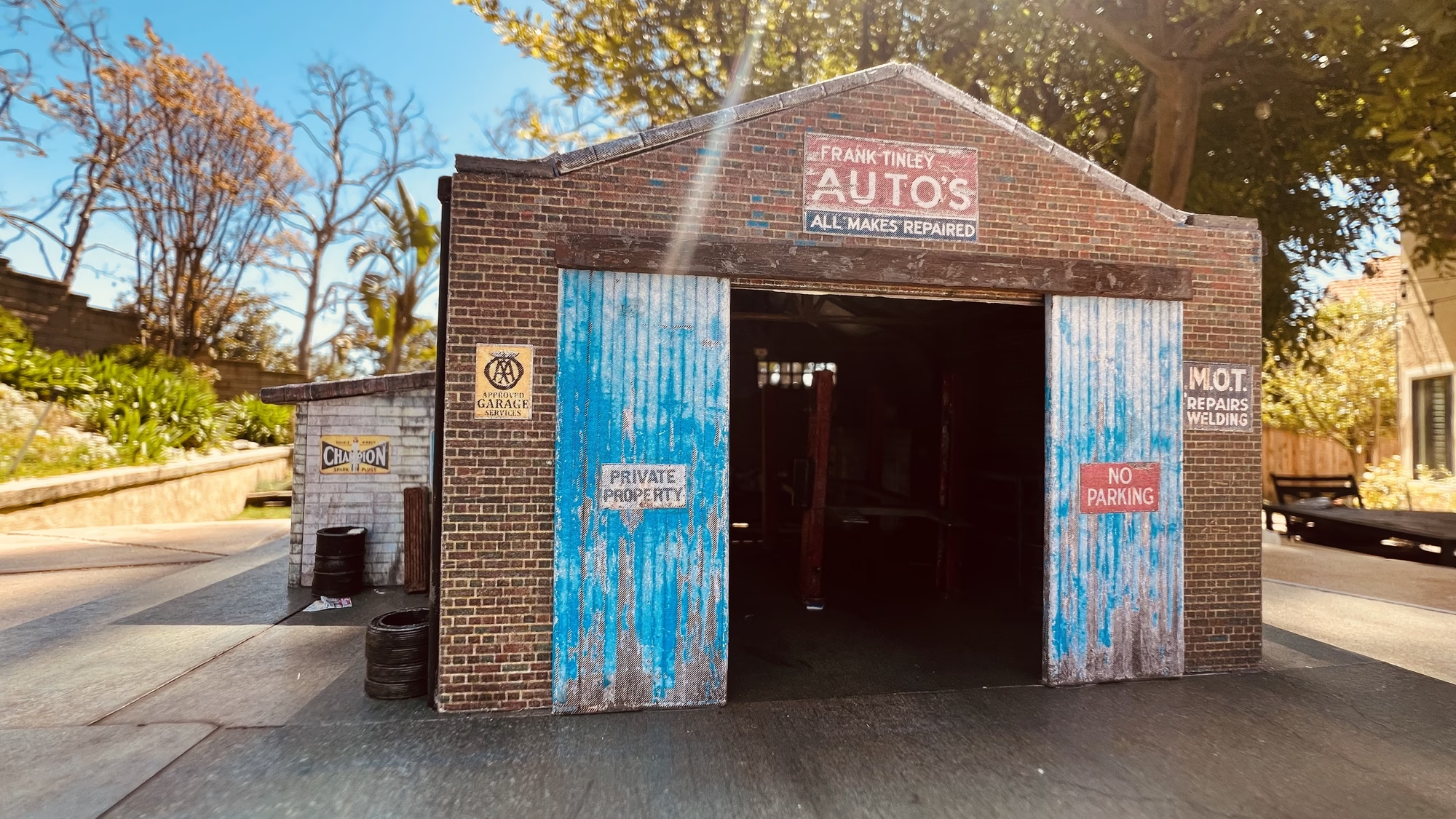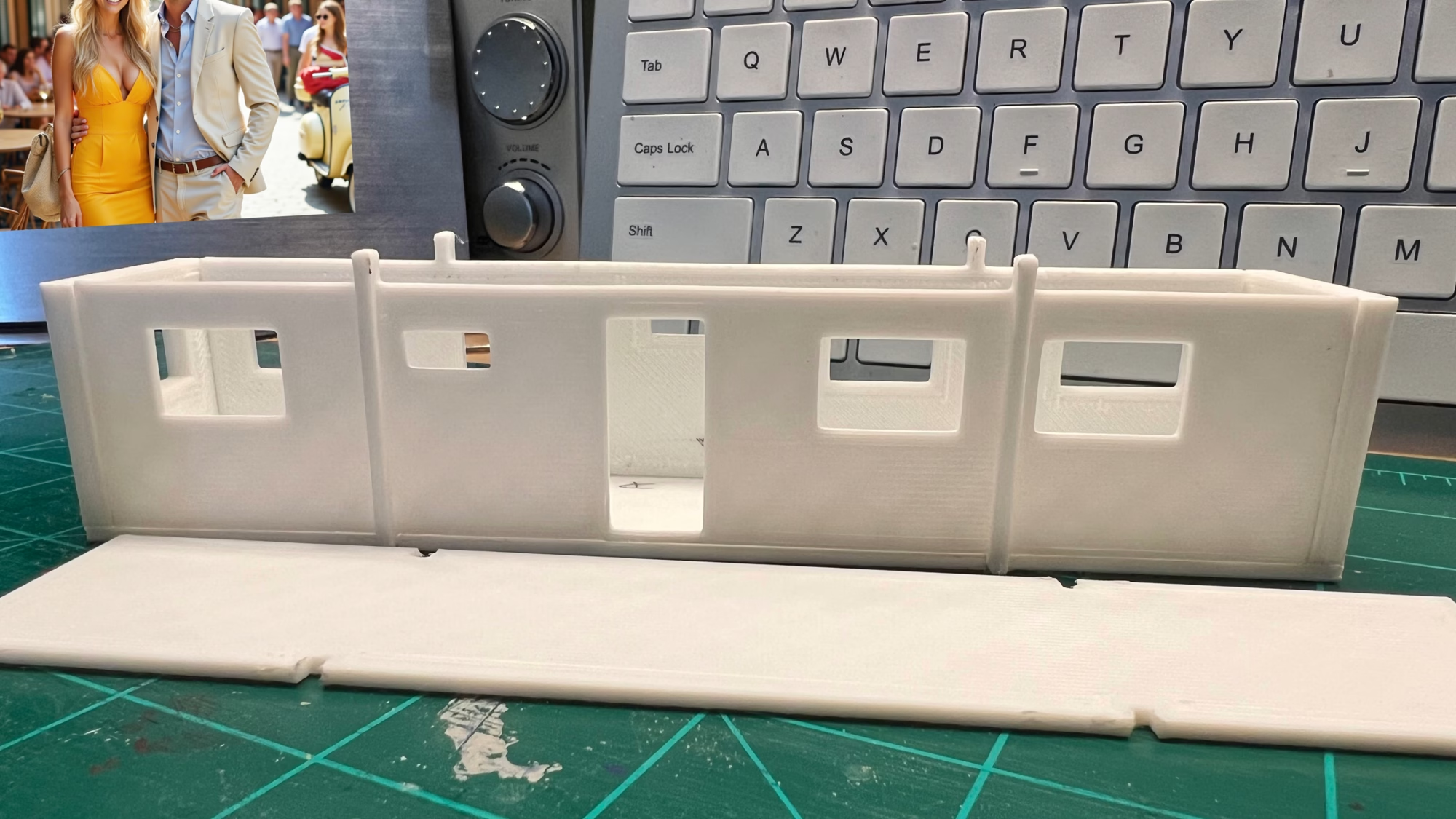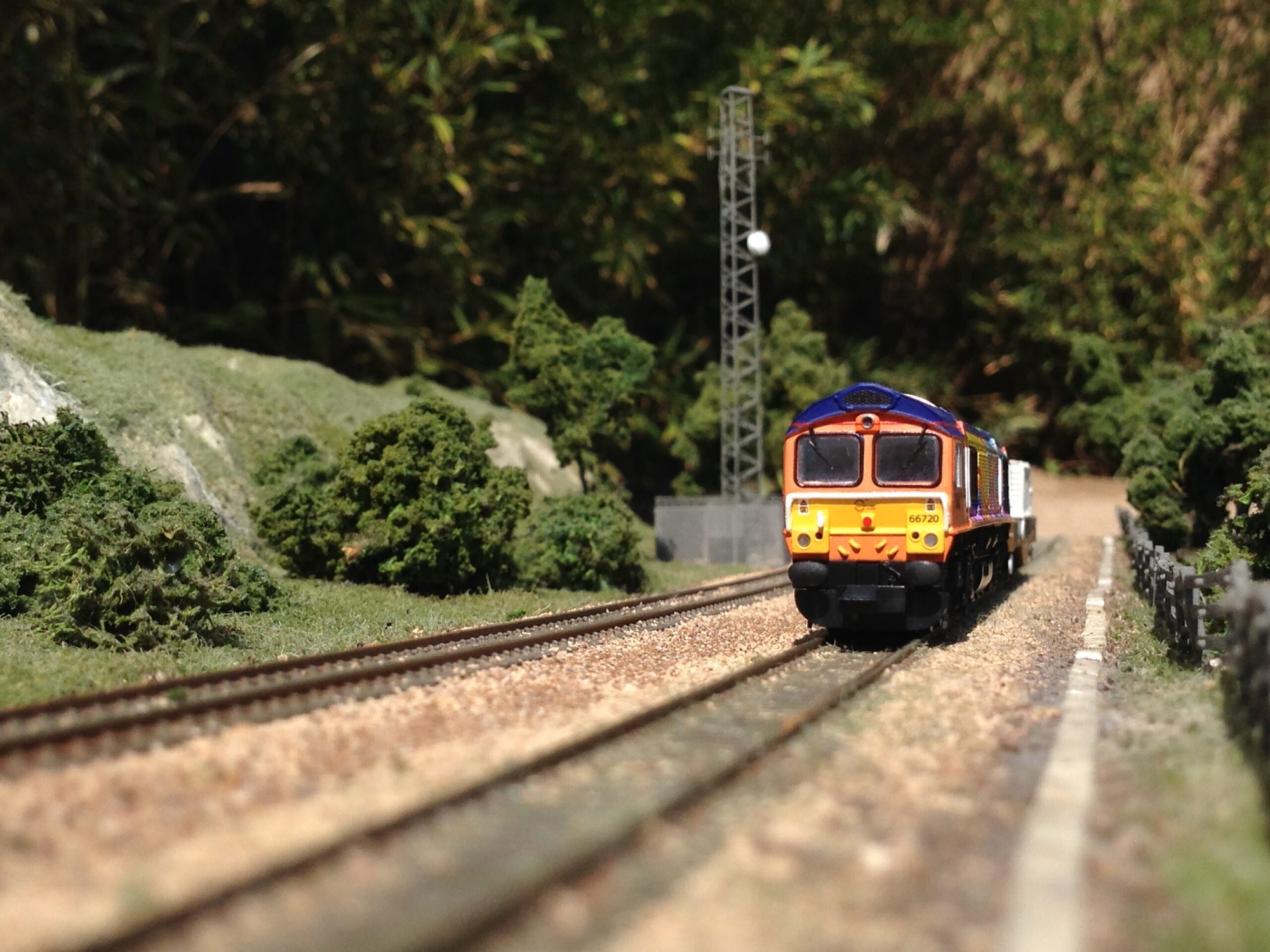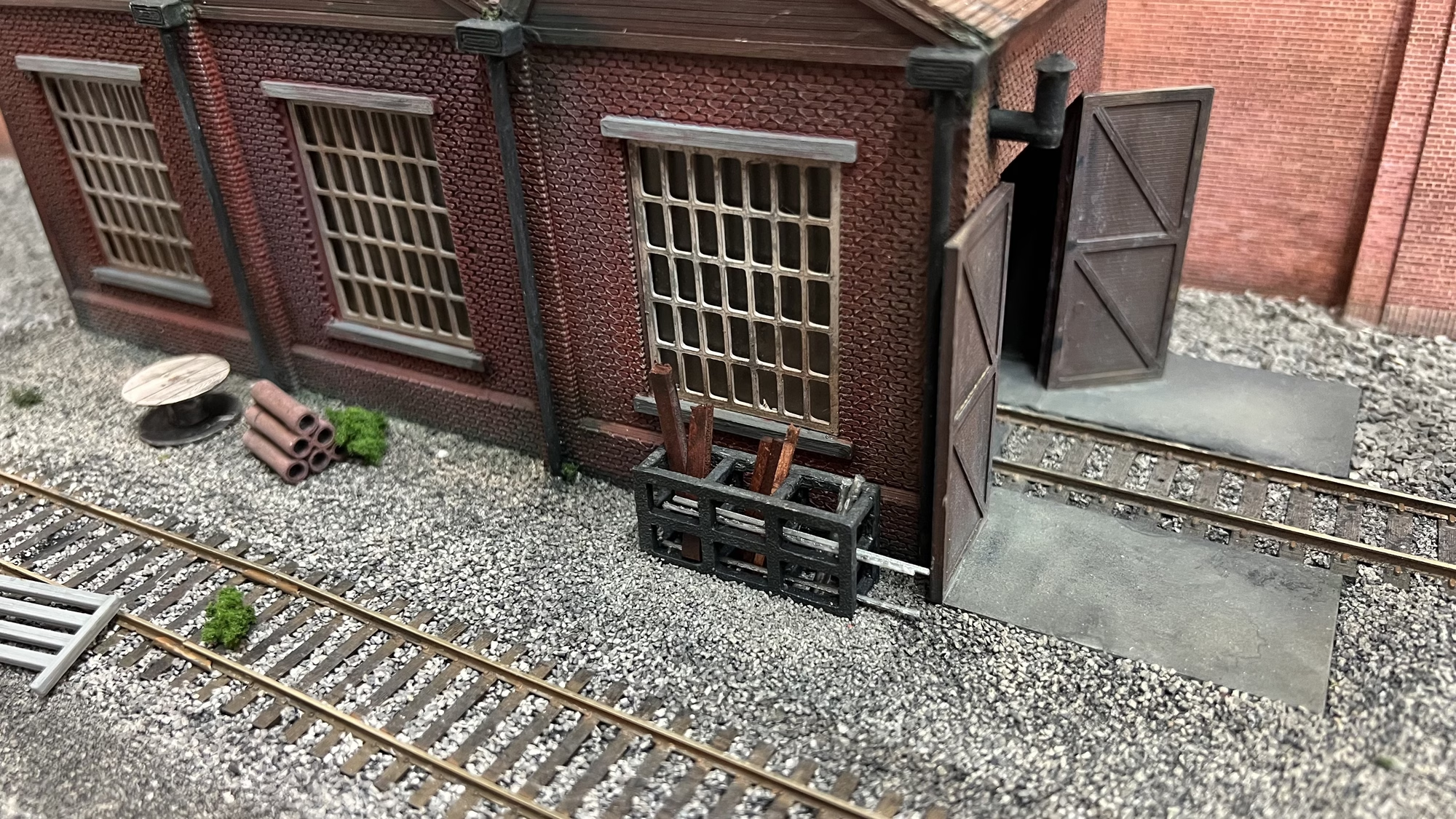I suppose it was inevitable I would end up with a 3D printer at some point. My work in technology and my hobby would cross paths eventually.
I recently purchased two 3D printers. An FDM/filament type and a resin printer.
- Elegoo Nepture 4 Pro – Filament | Link https://amzn.to/3TLwwa3
- Anycubic Photon Mono M5s – Resin | Link https://amzn.to/3PT86u1
What’s the difference?
The FDM/filament is hands down easier to get going and work with, but the Resin printer has better quality and can do things the FDM/Filament printer just can’t.
I’ve always liked the detail/realistic side of model railways, I love looking at some people’s layouts and admiring how realistic they look. This means I wanted to have a lot of “detail” items on my layout and dioramas.
I started looking at some of the great products out there, then realised I would be spending a couple of hundred pounds. Nope. In the long run, I should make my own, and as I mentioned, I love technology so being able to bugger about with some new kit is a bonus for me.
The banner image at the top shows some of the things I’ve knocked out in the last week. With anything new, there is a learning curve and I’ve realised what I can and cannot do.
For detailing Frank Tinley’s Autos (Garage) the 3D printer has been great. Tyres, Oil drums, Pallets.
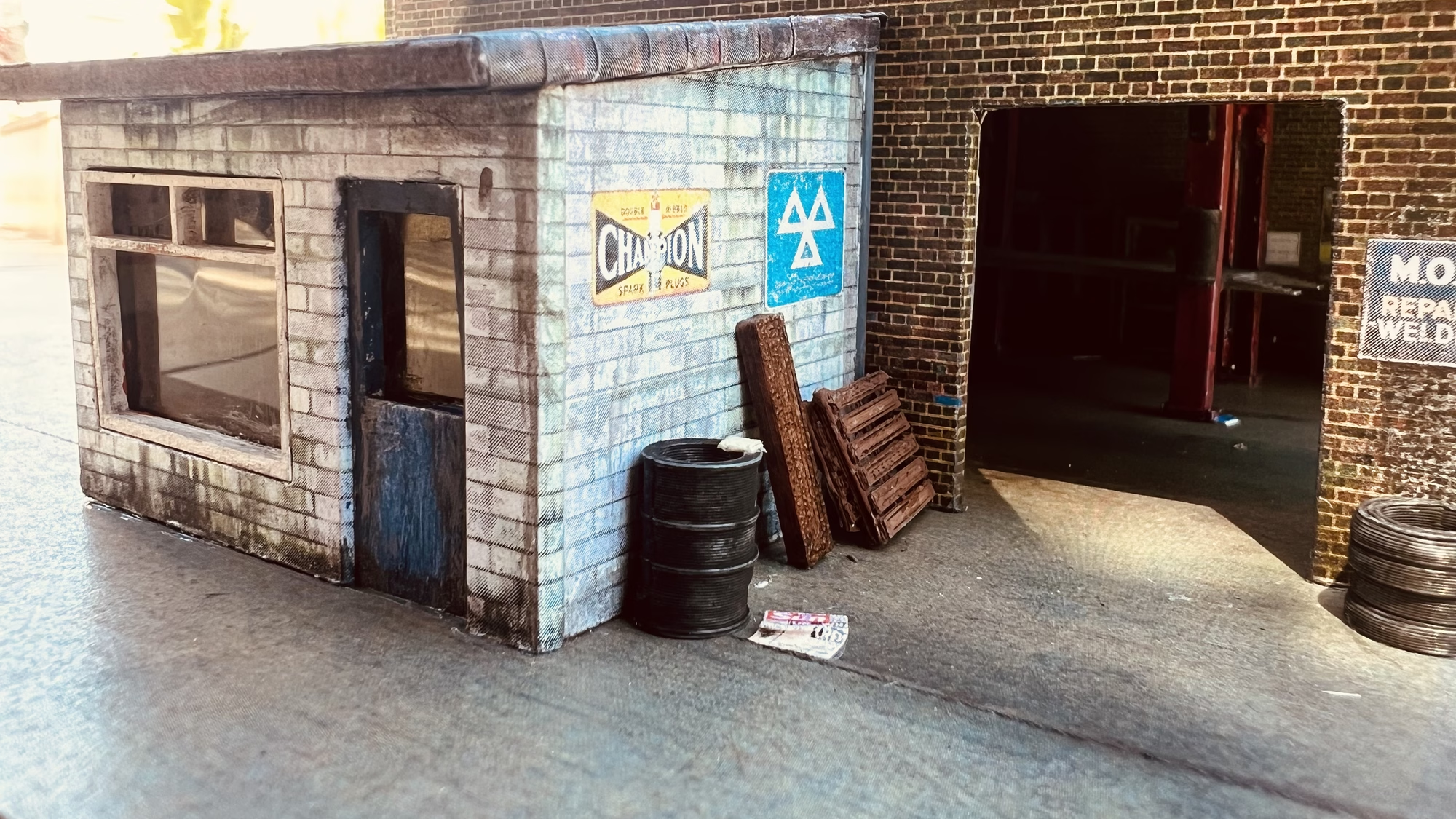
Benches, Tyre Rack, Car Lift, Cabinets, Crates & boxes, all made on the Elegoo FDM/Filament printer.
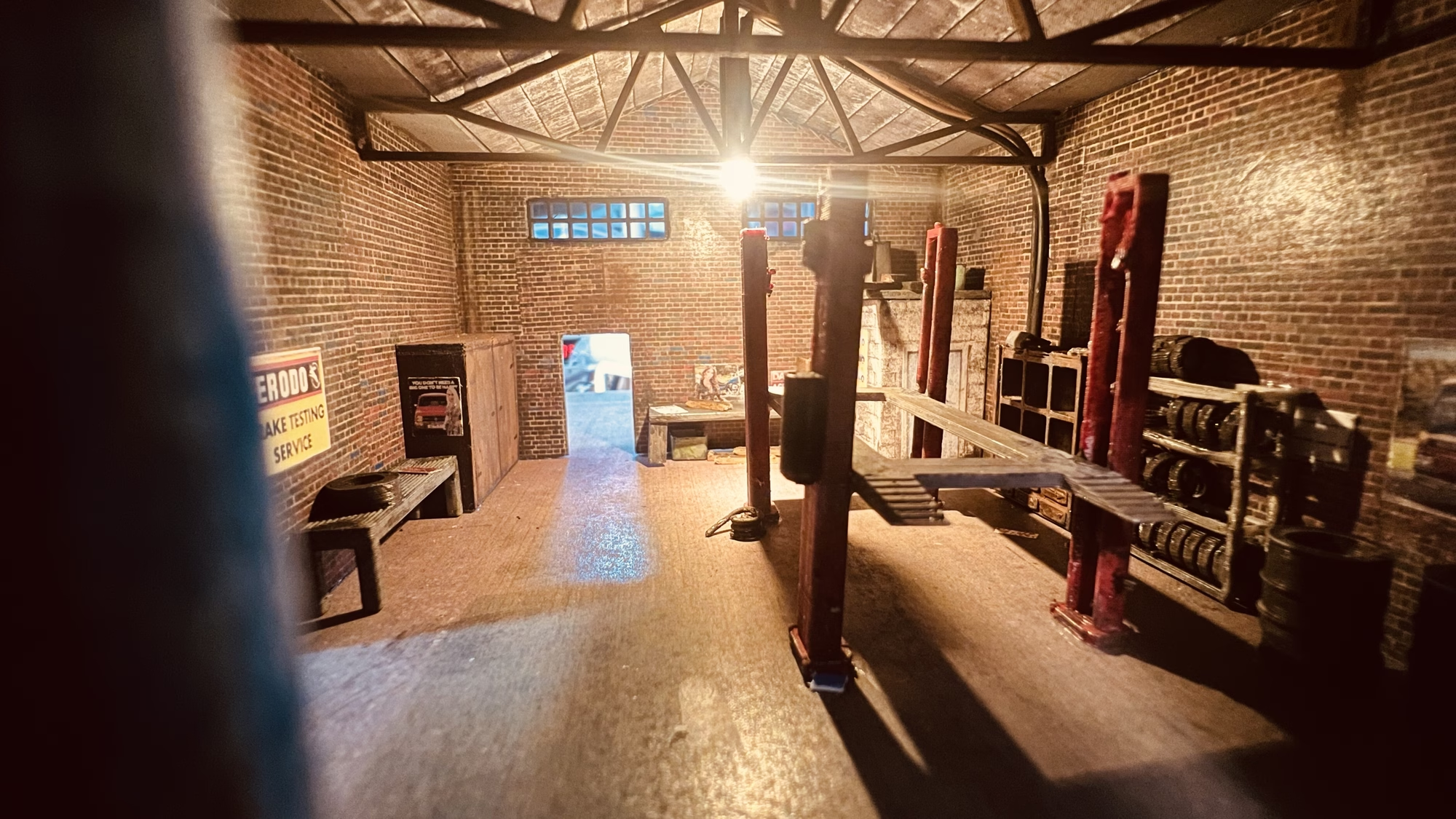
I know this might not be everyone’s cup of tea, but I’m really chuffed with how they have turned out.
Most of the items I’ve created myself in TinkerCad. Yes, I know there are better programs out there, but for now, this works for me. Similar to my experience with the Laser Cutter, I can do things with this equipment that I just cannot do with my hands. Arthritis can be a bugger, but this way I can continue.
I leave you with some more shots of my other 3D-printed items.
Biffa bin, coal staithes, oil tank.
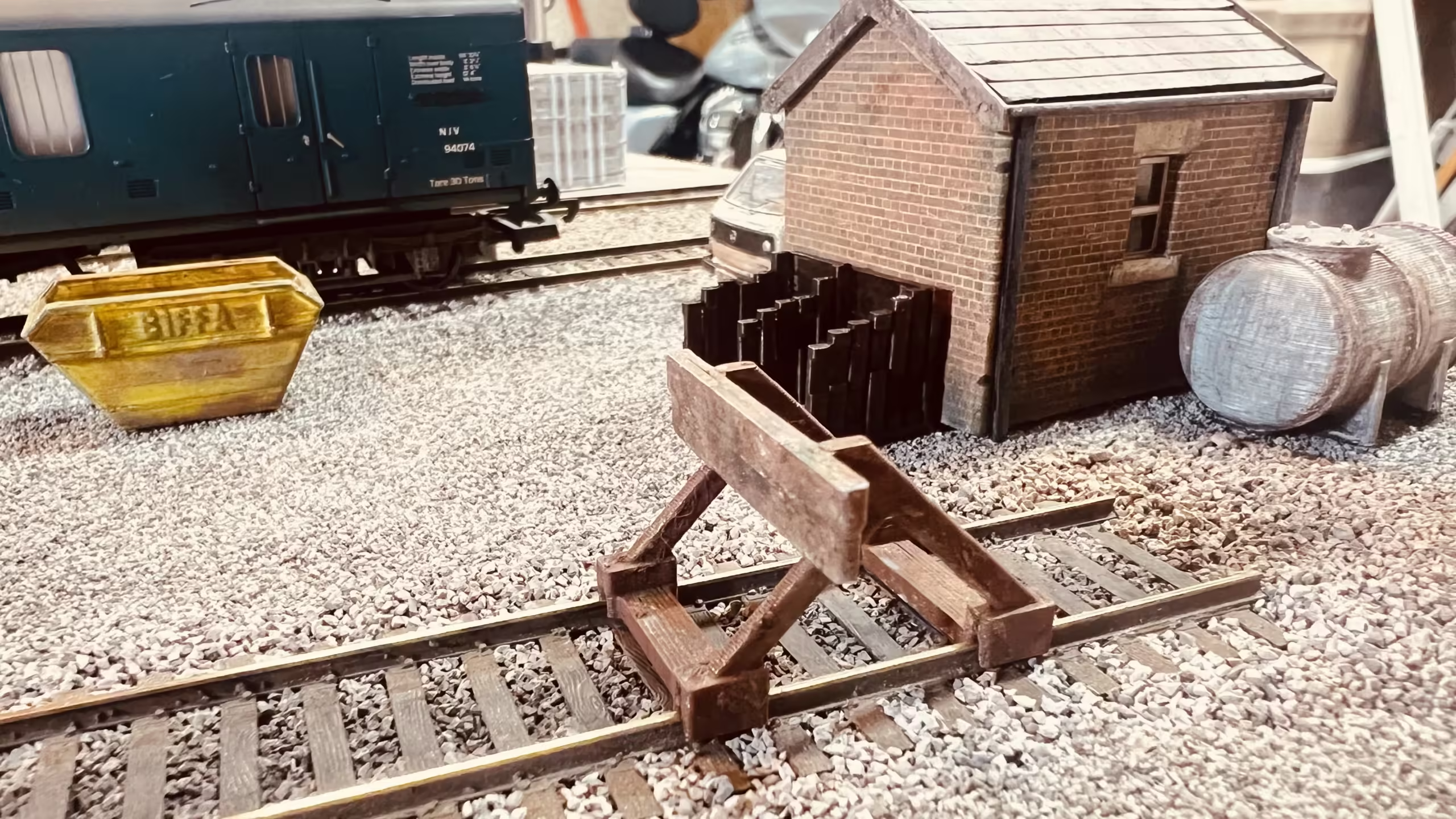
Engine Shed
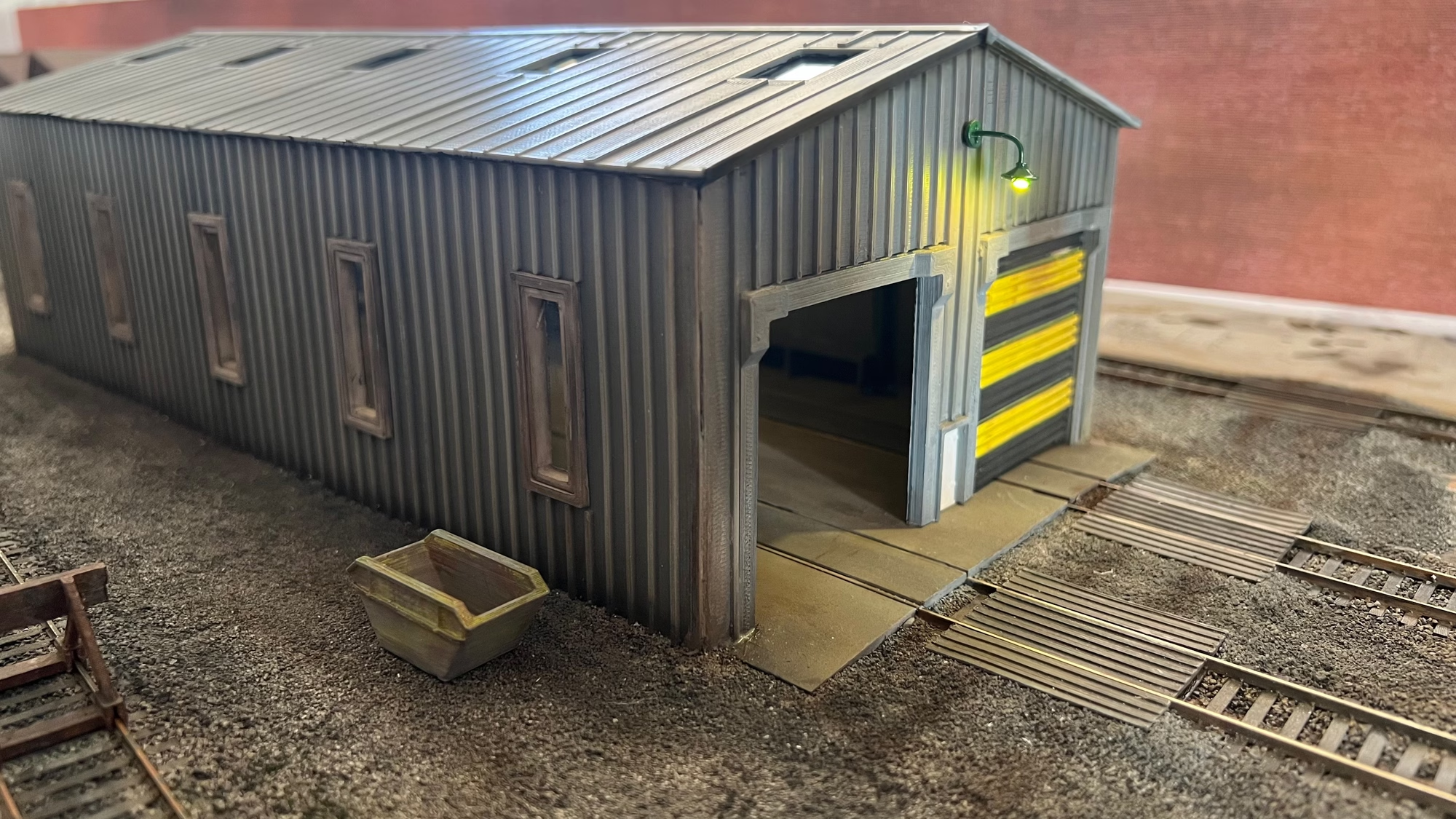
Low Relief Office Building
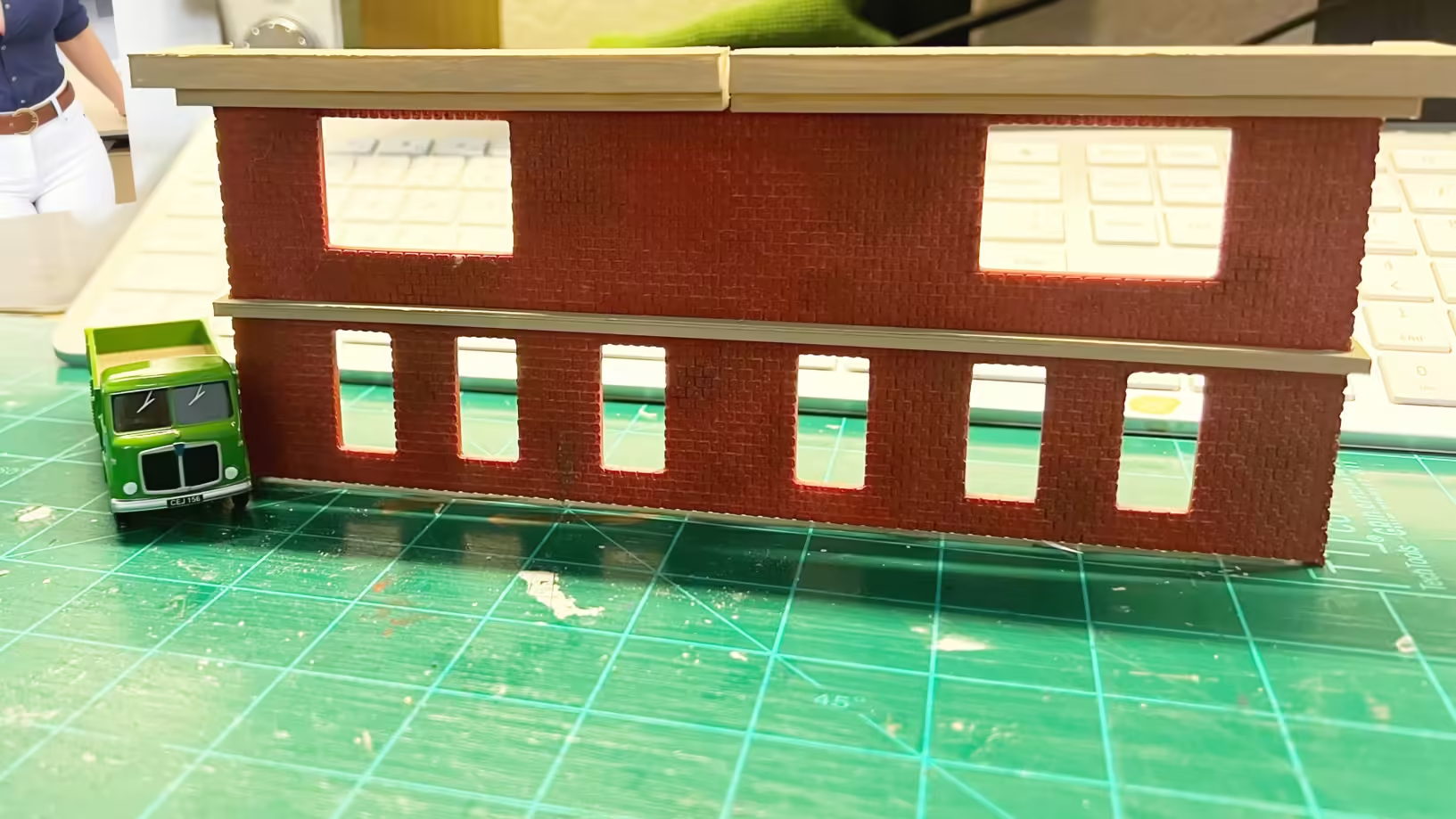
Tunnel Portal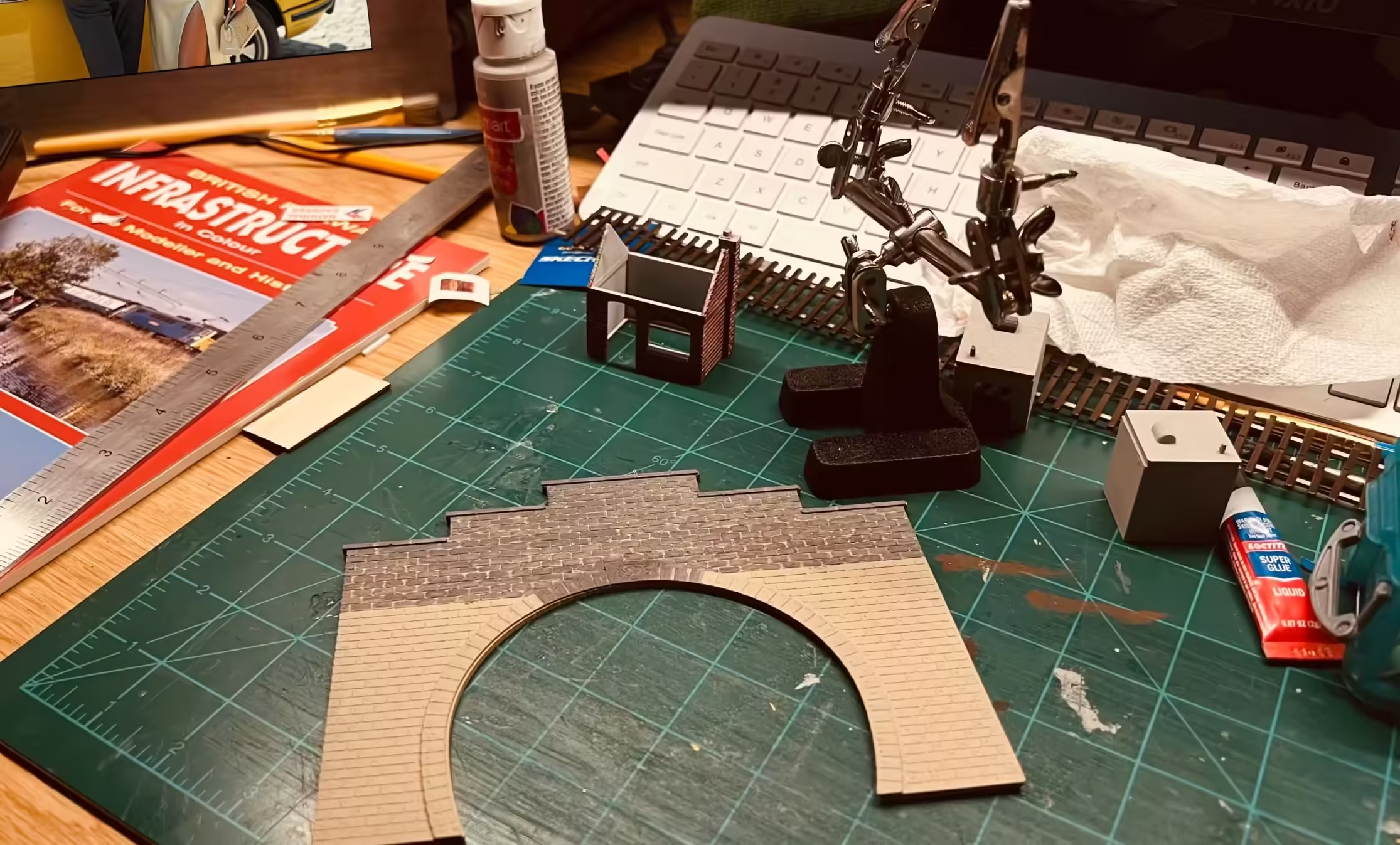
Buffer Stop

Workshop
